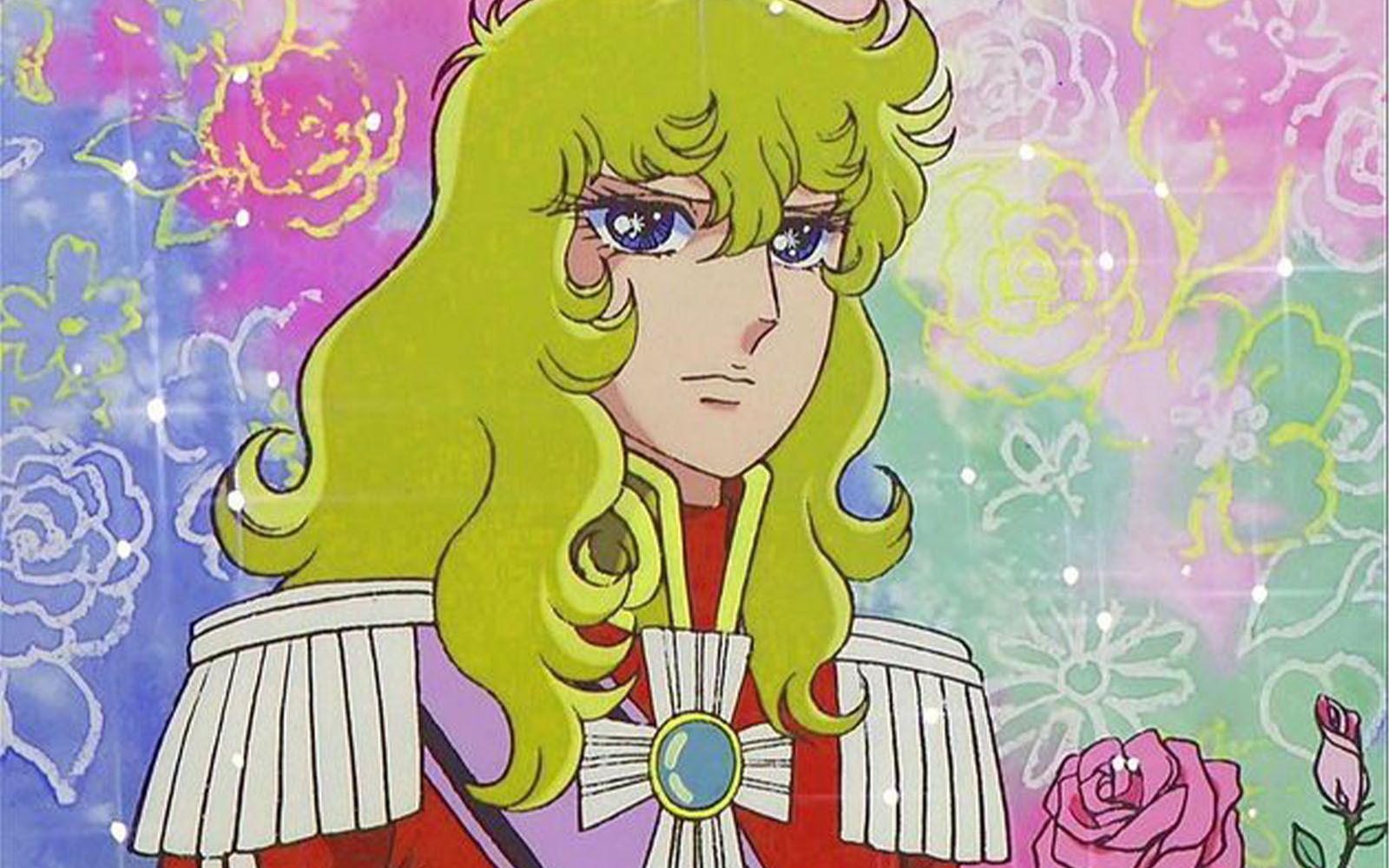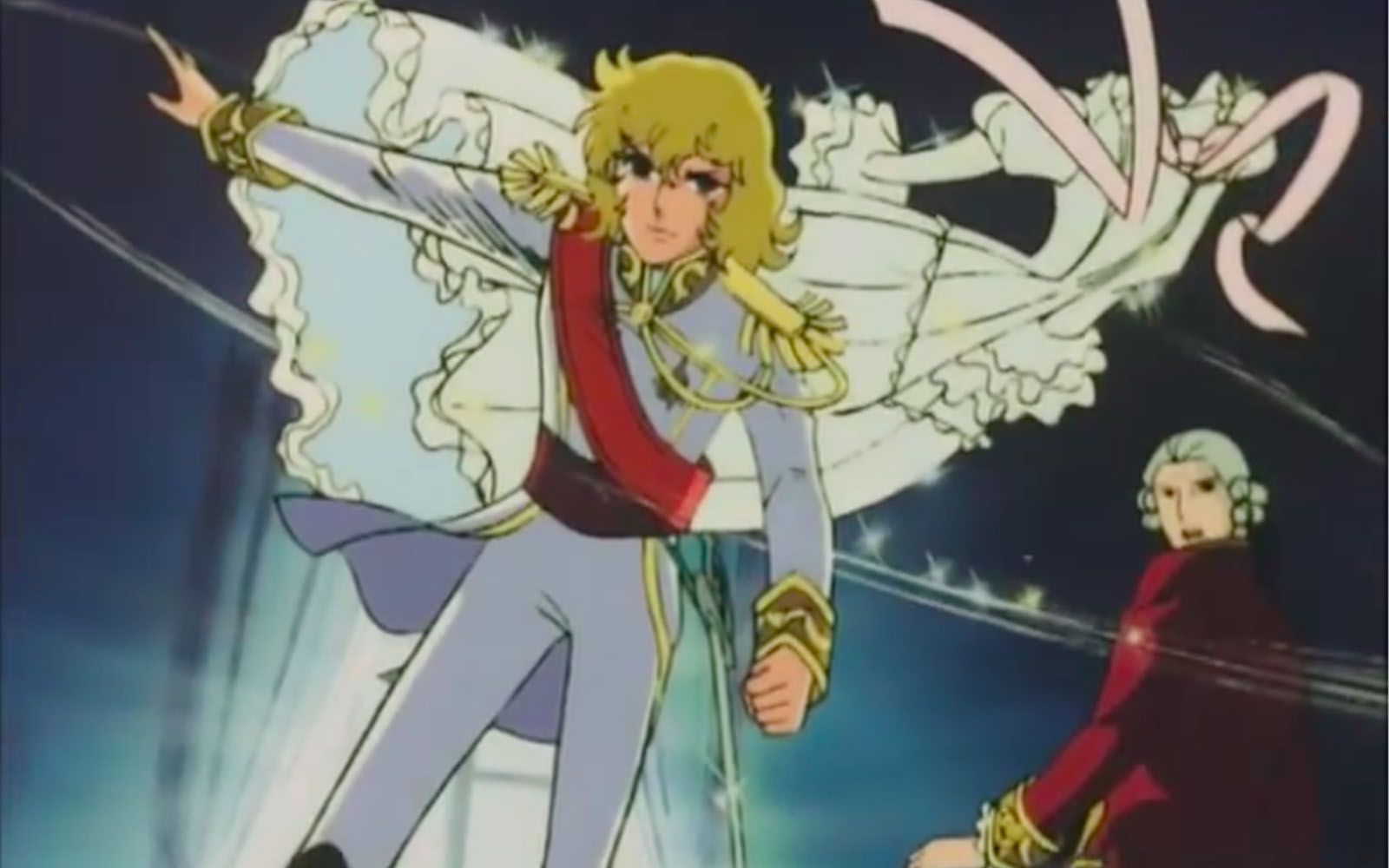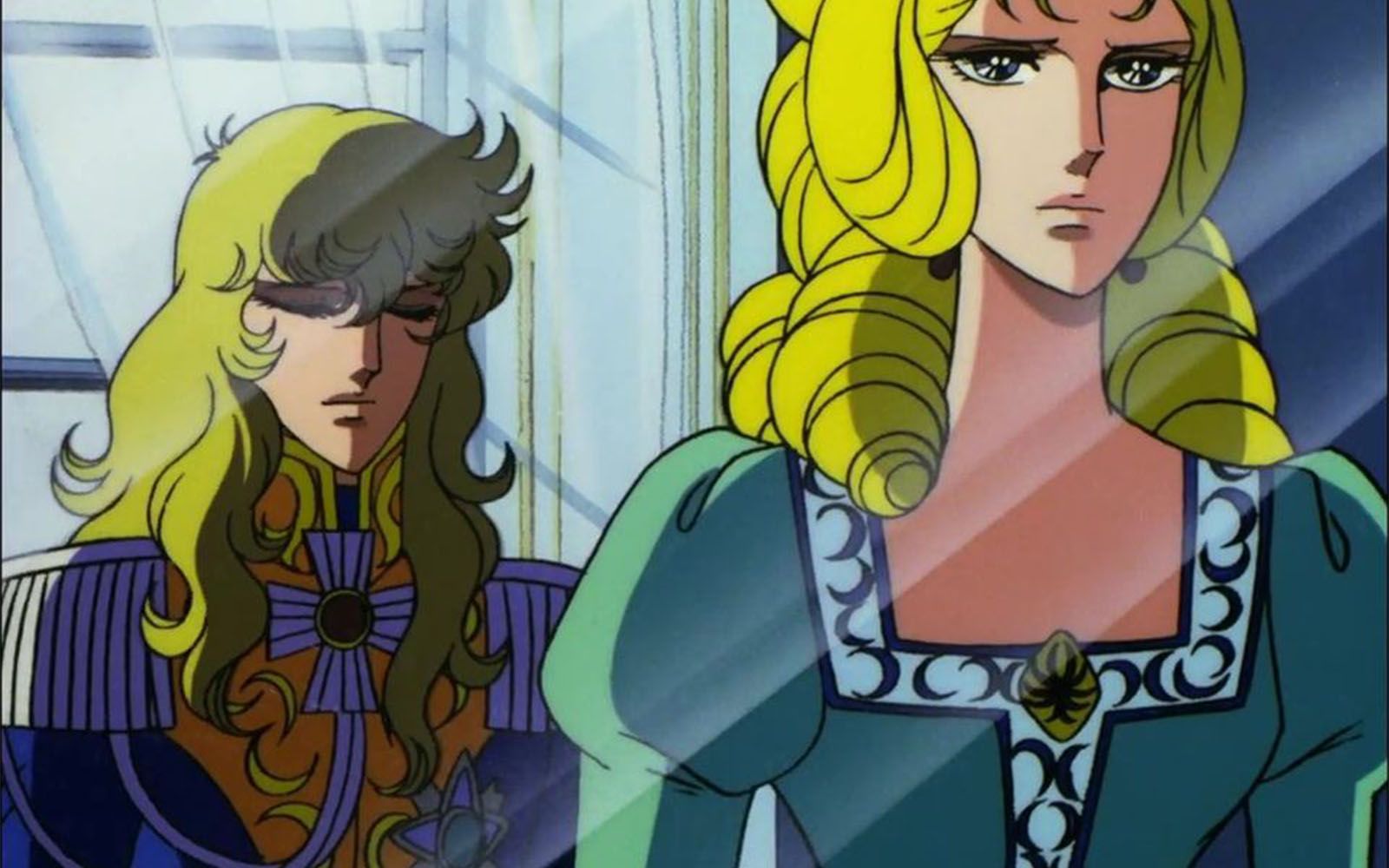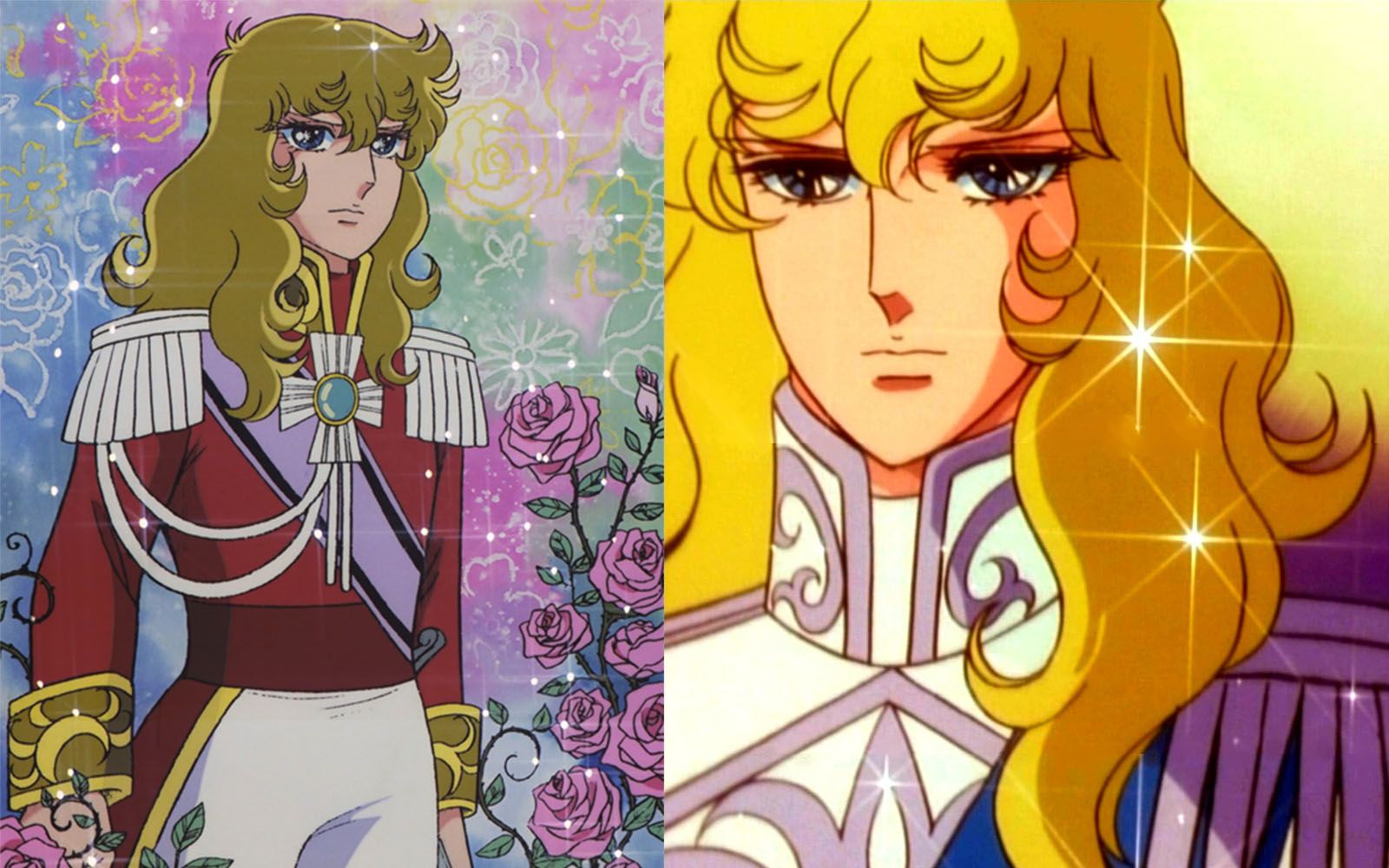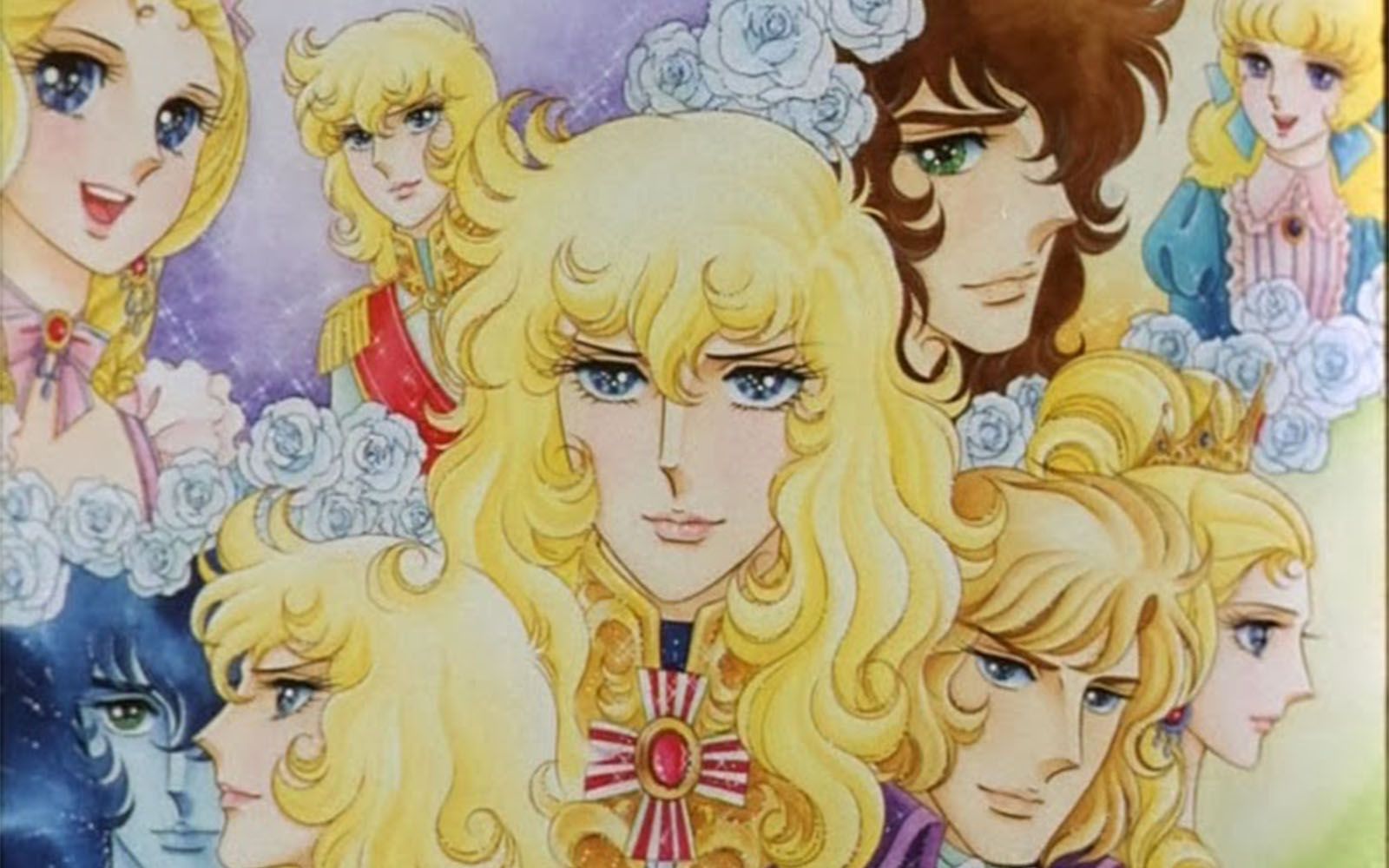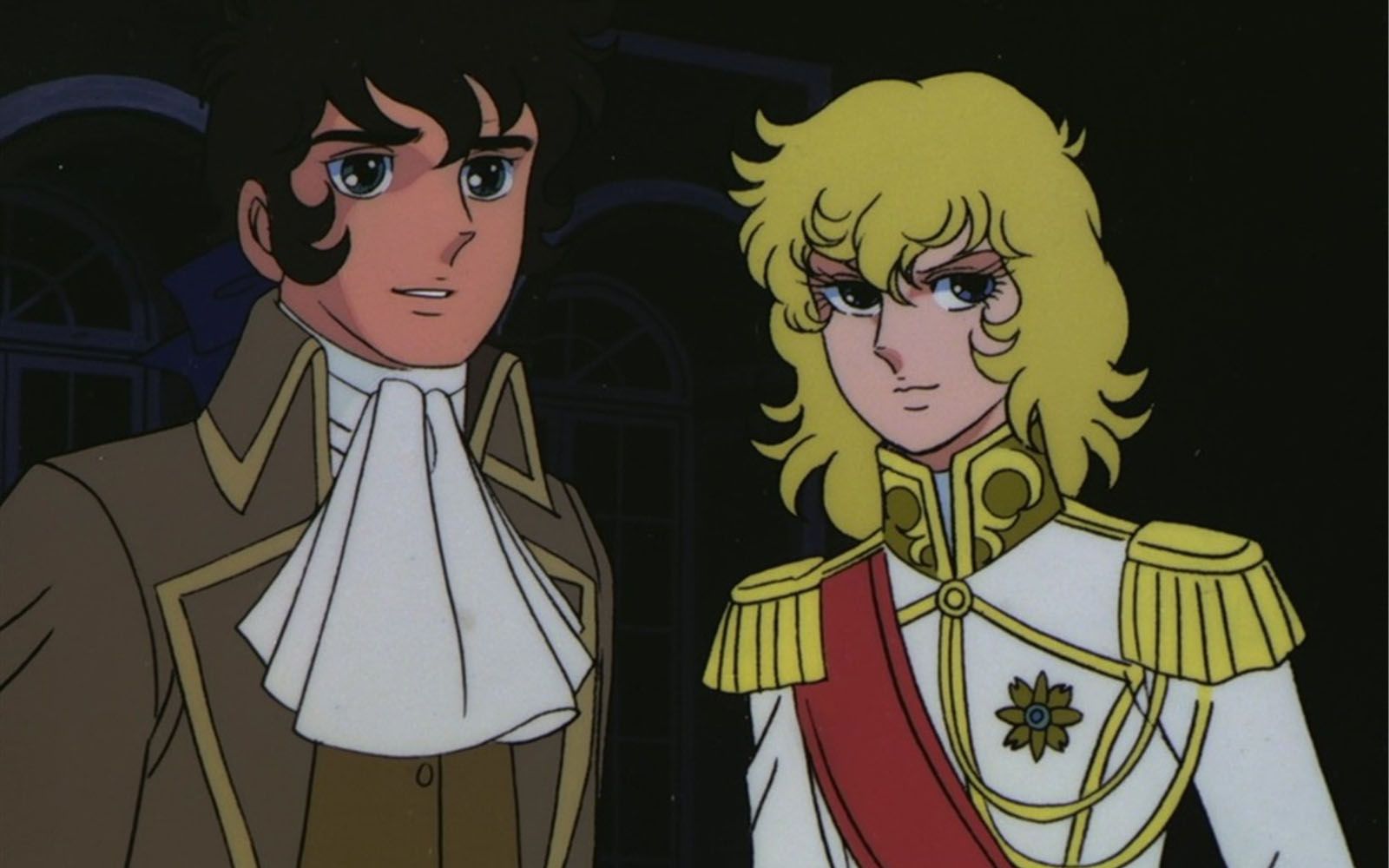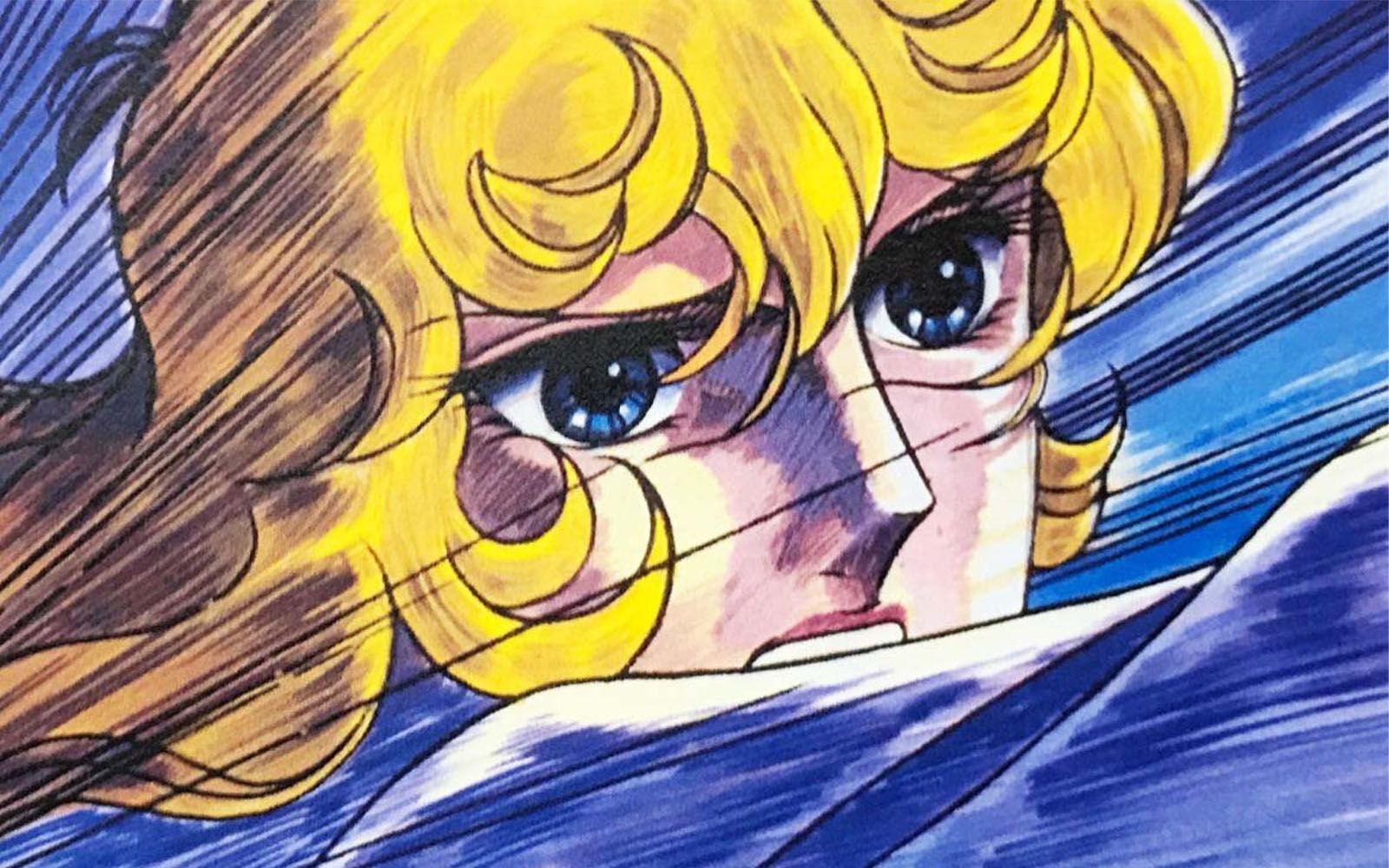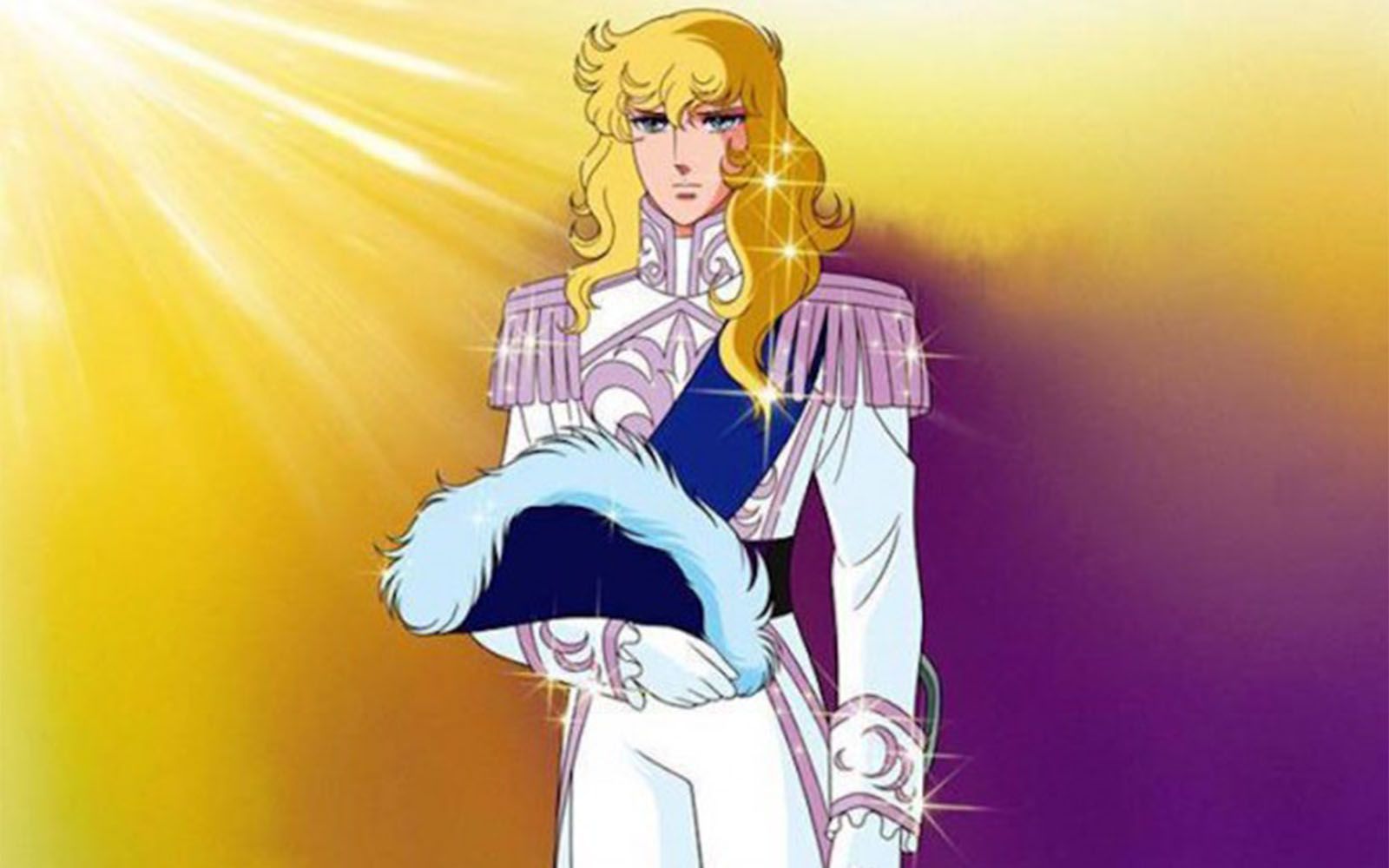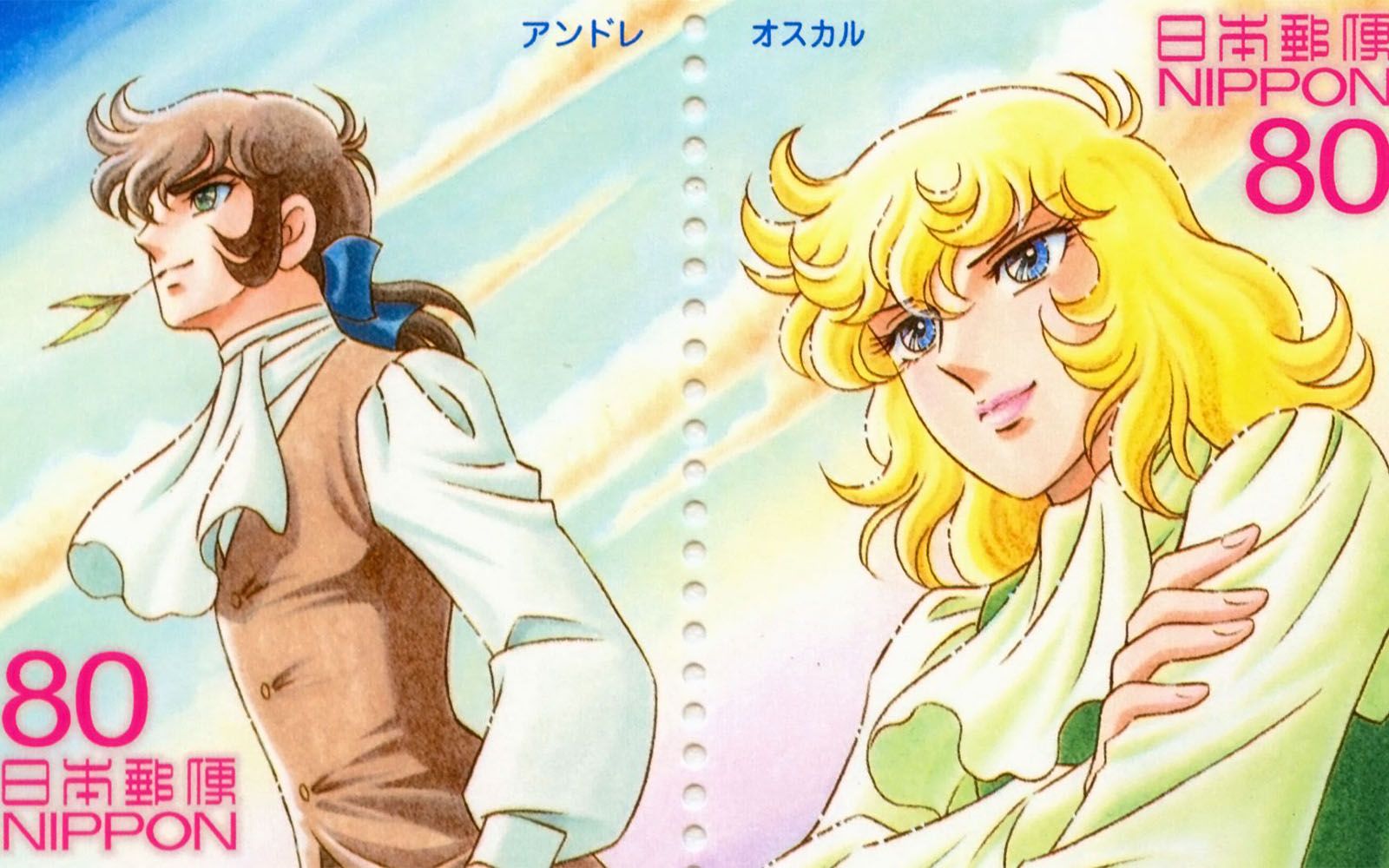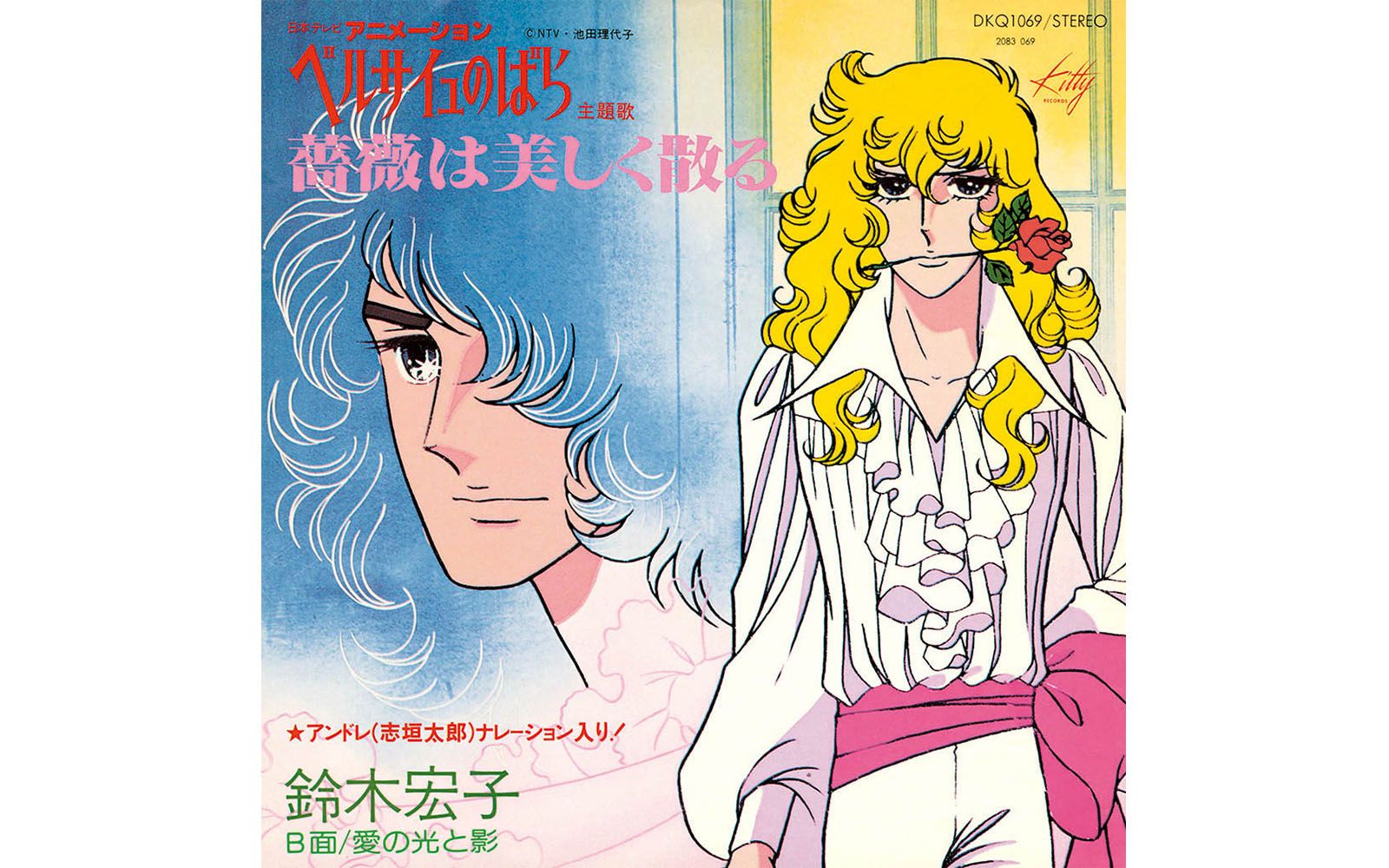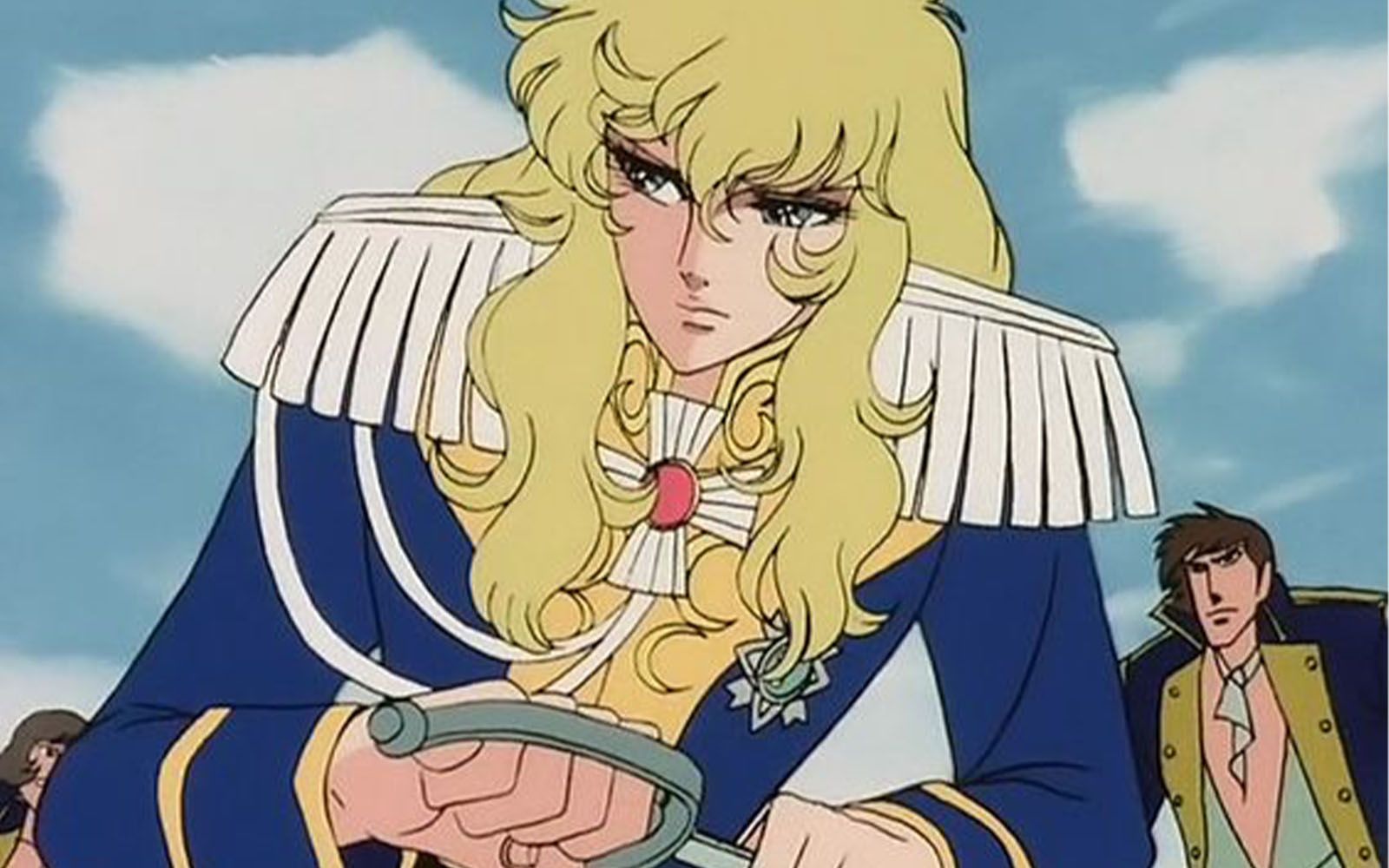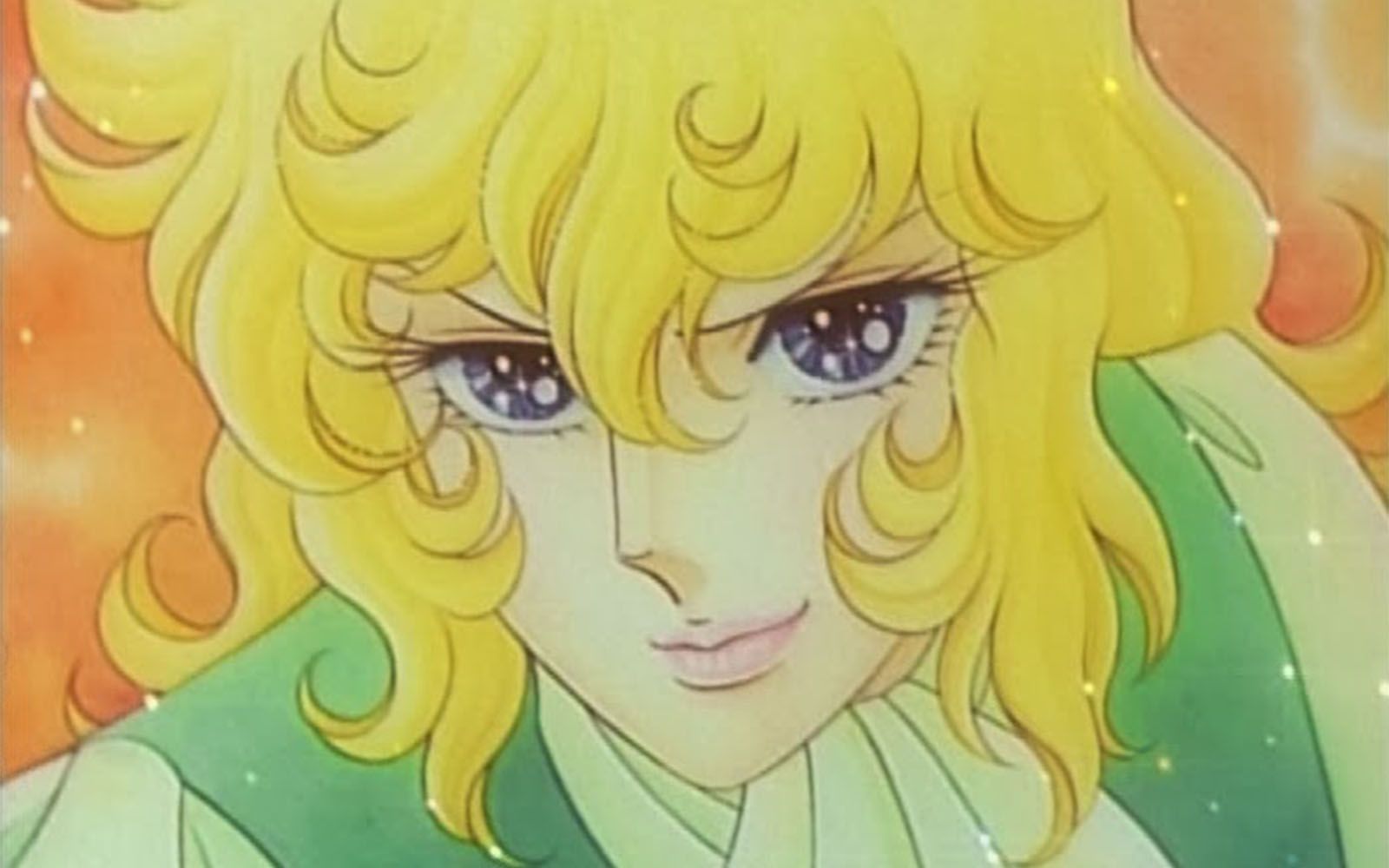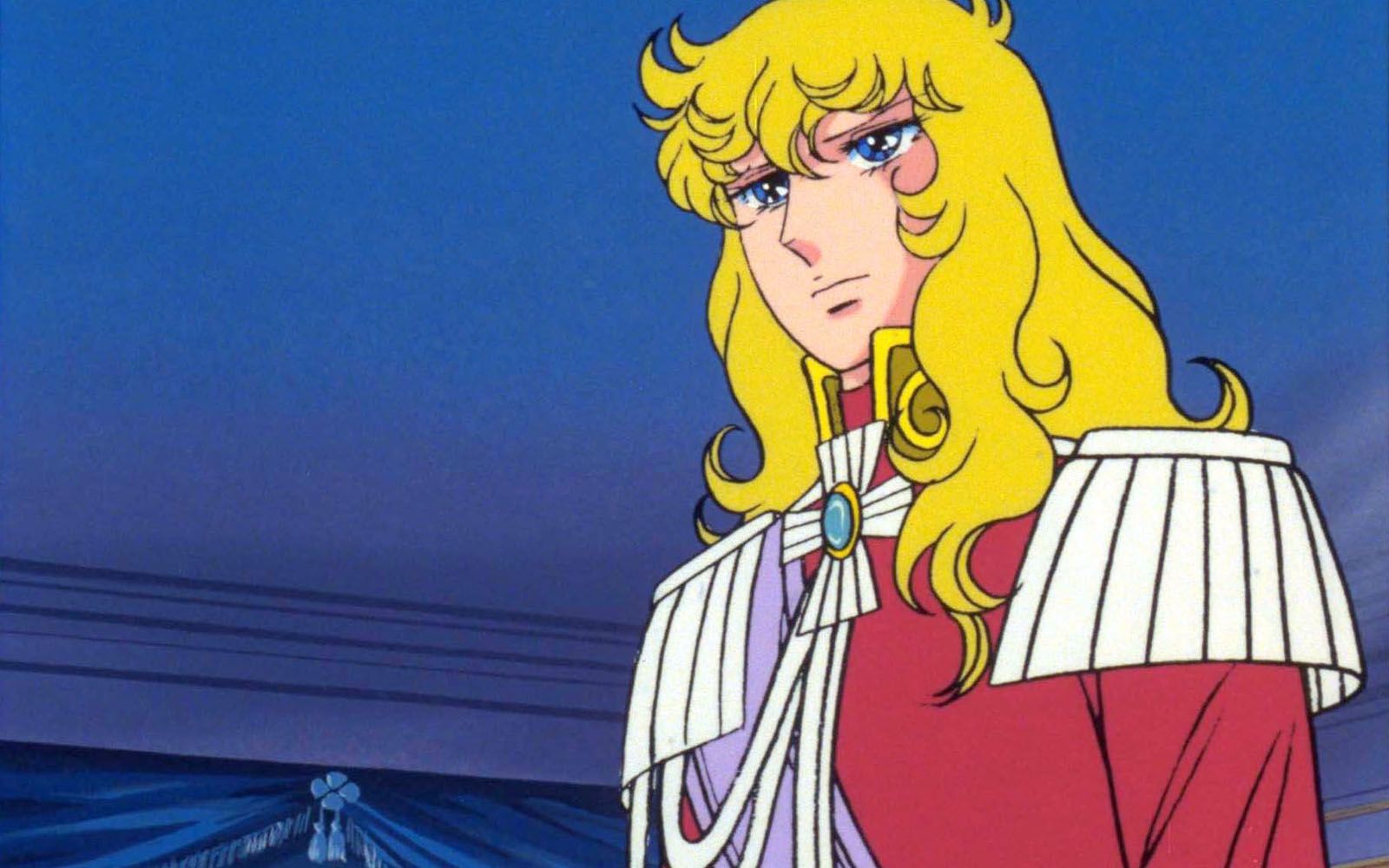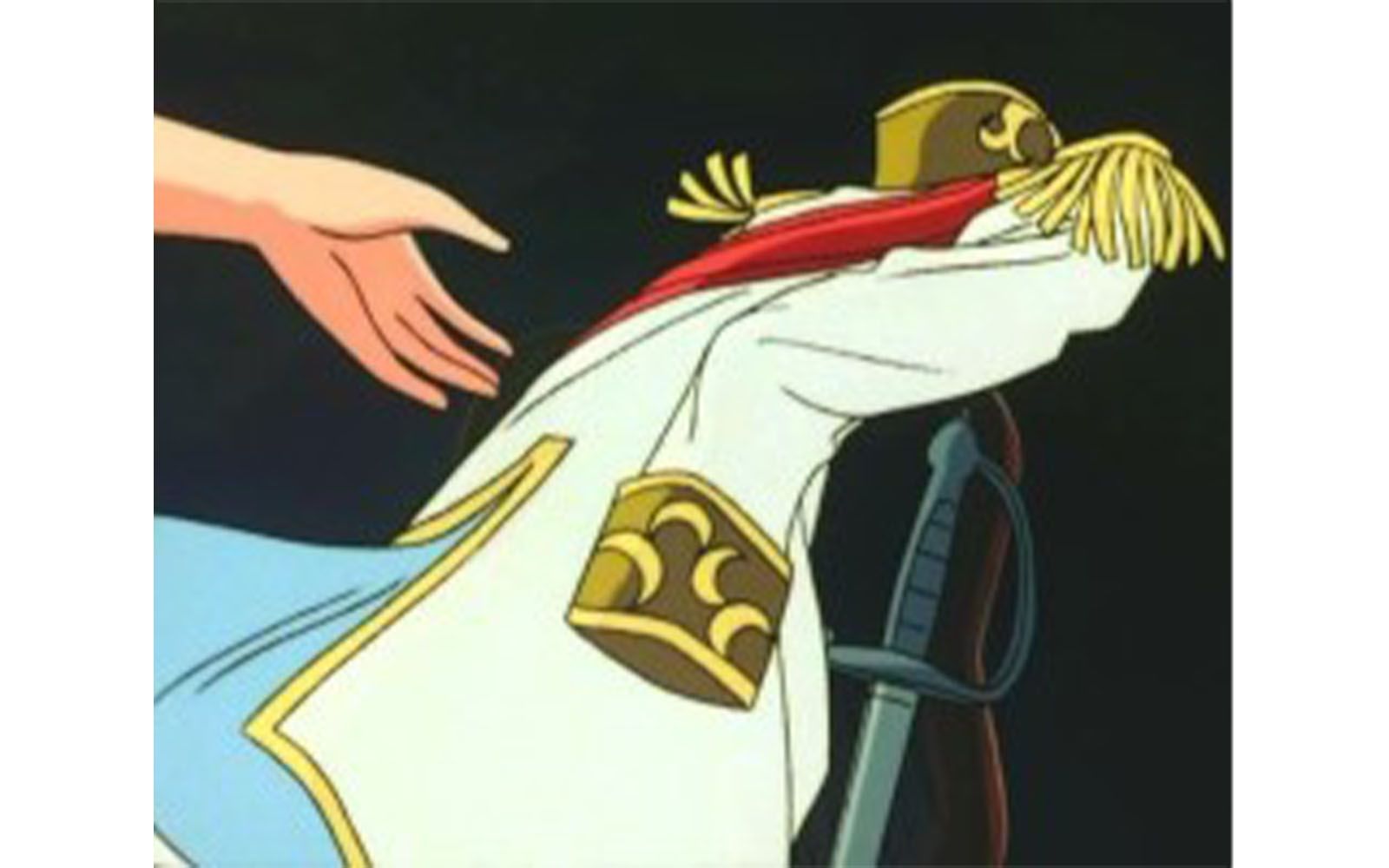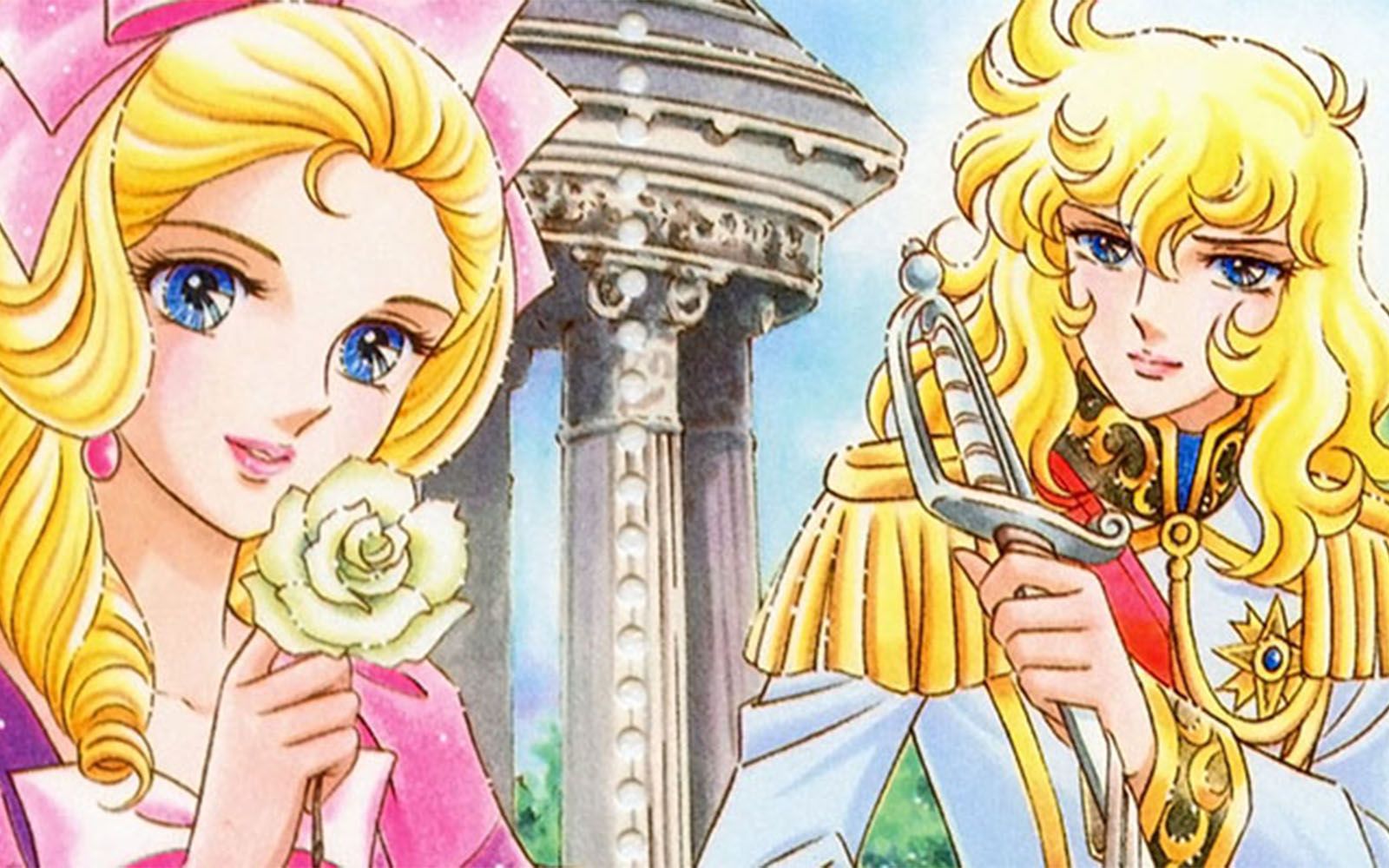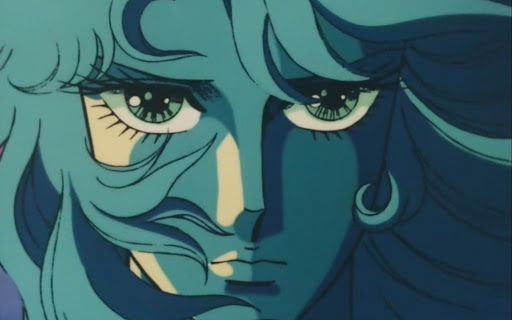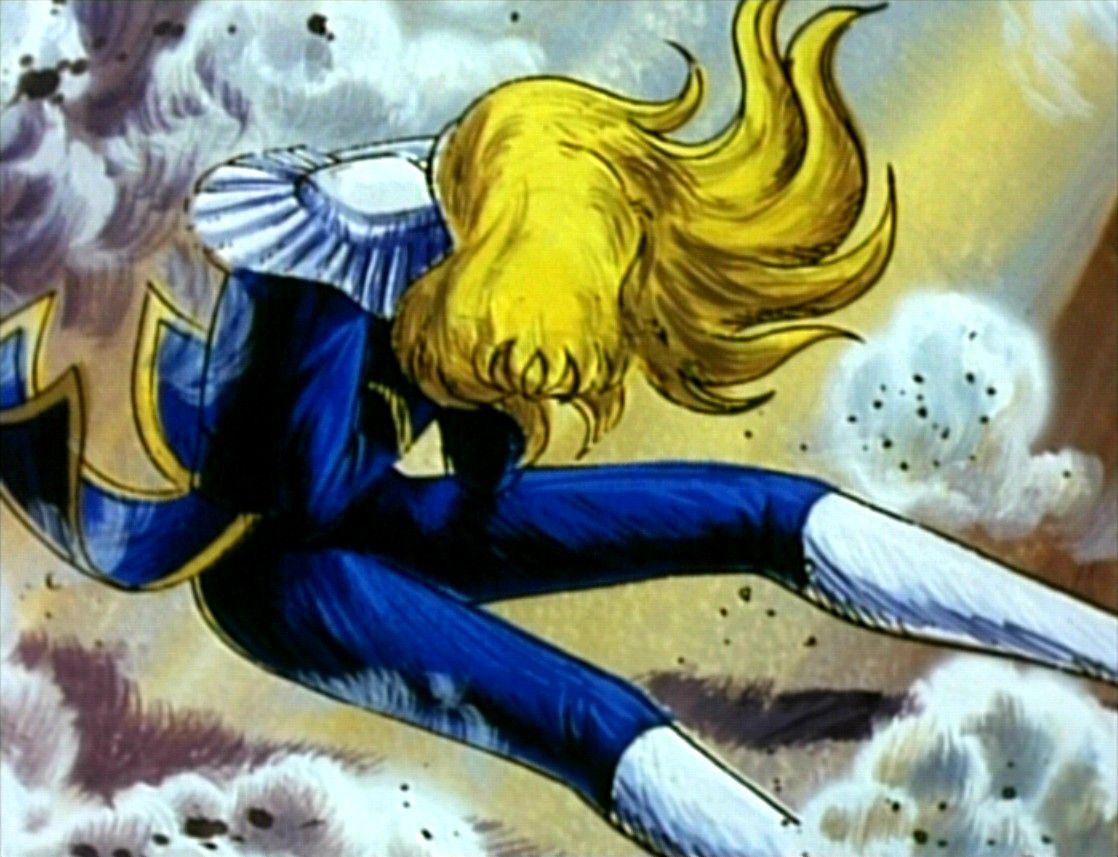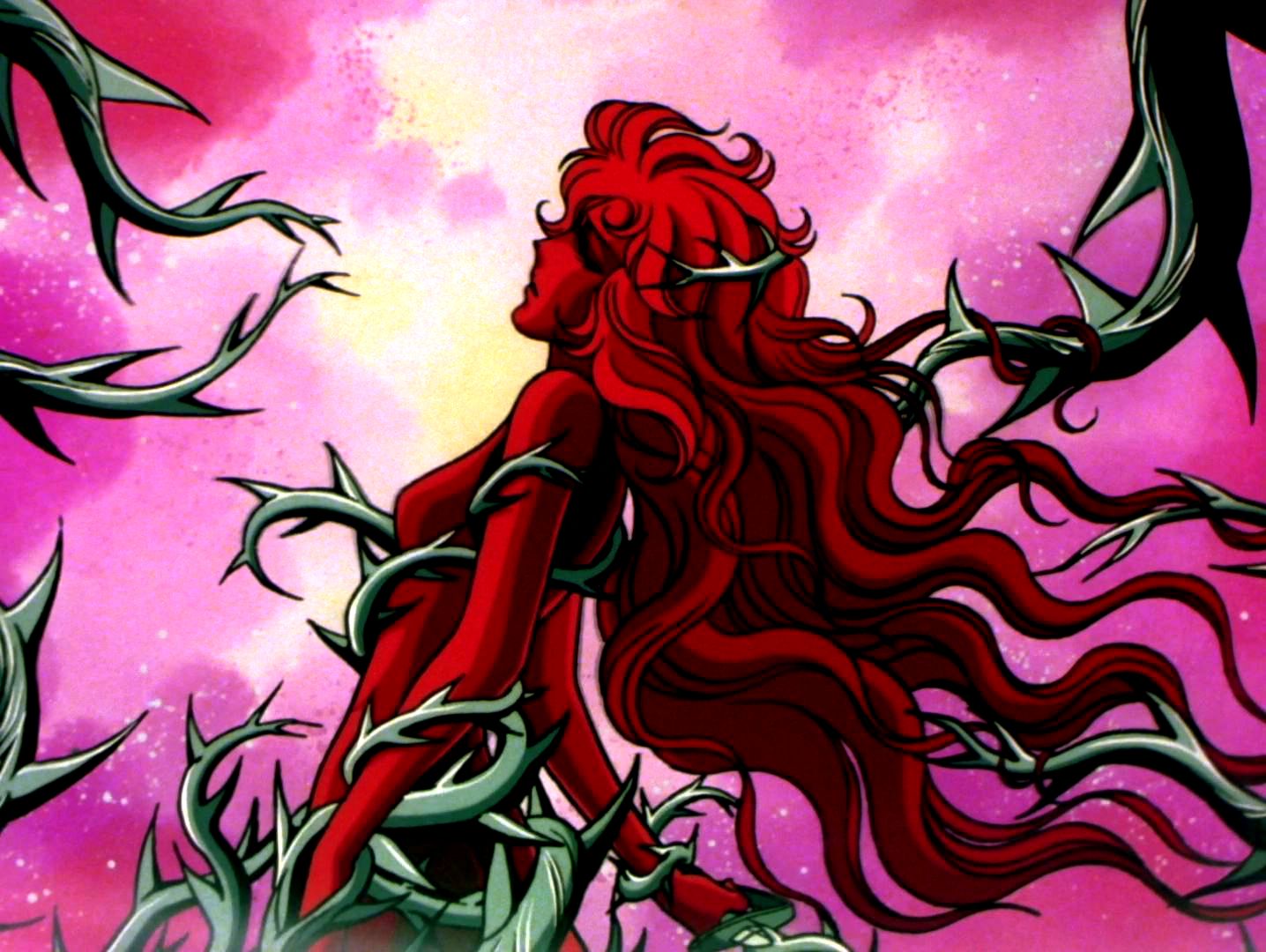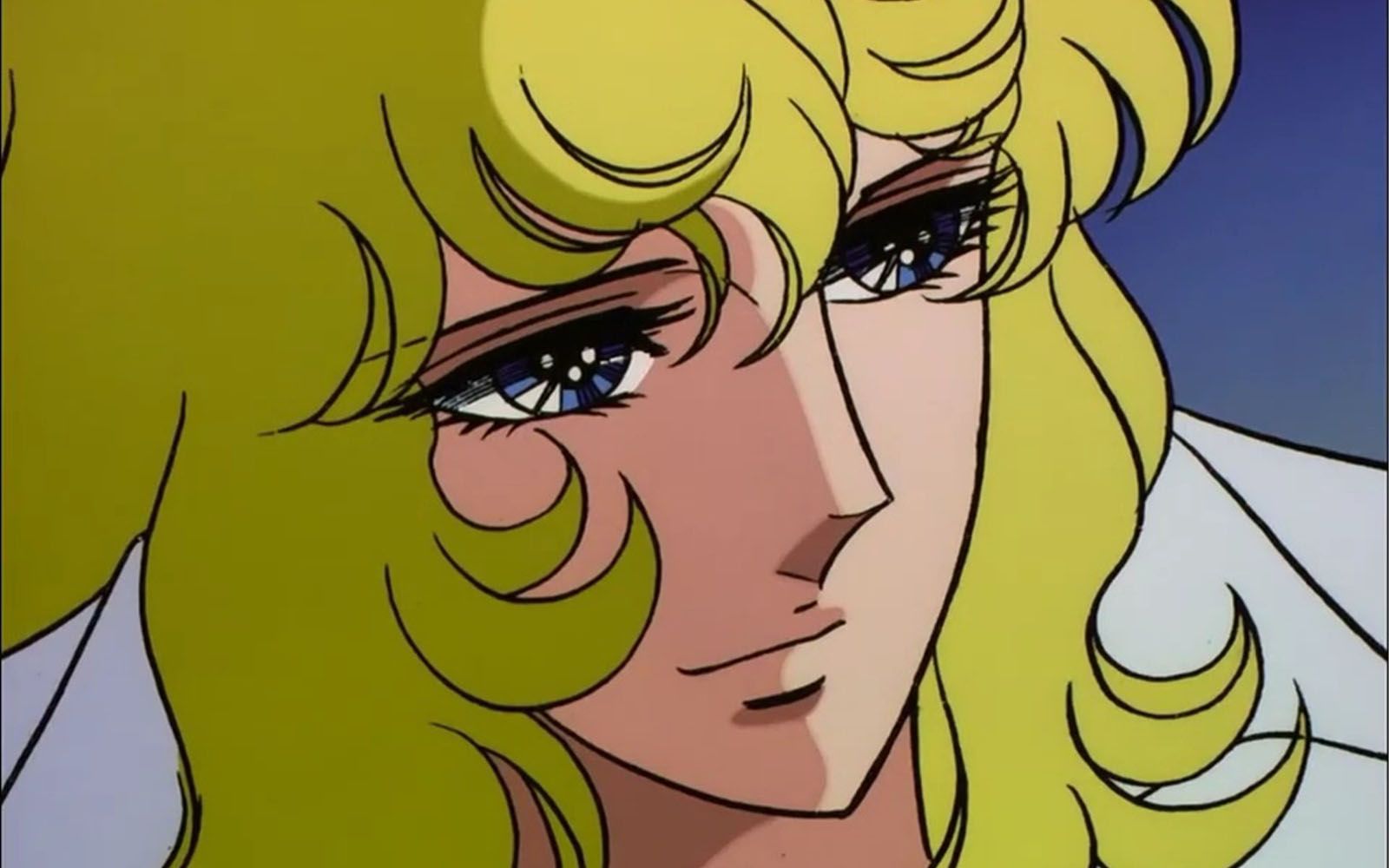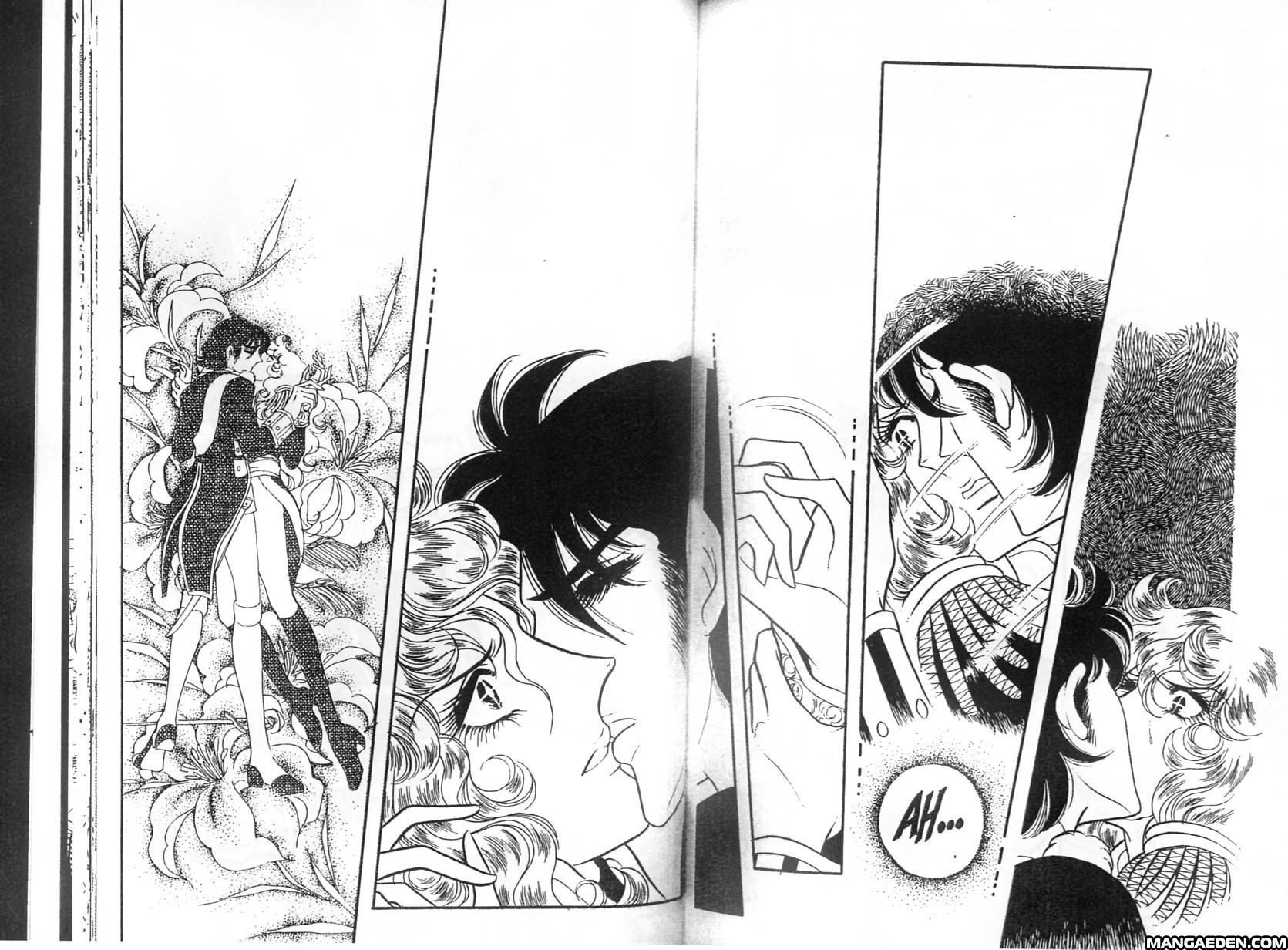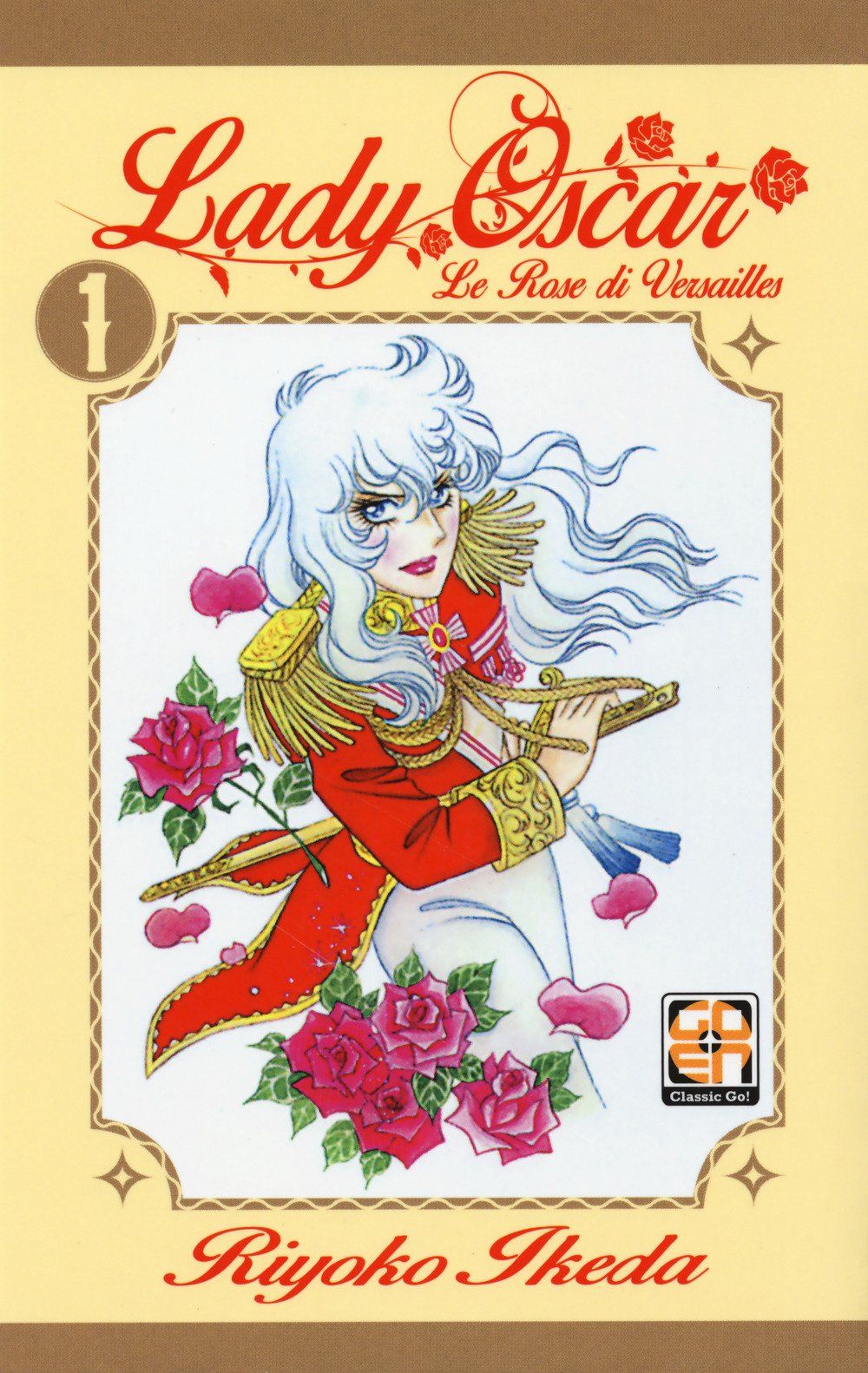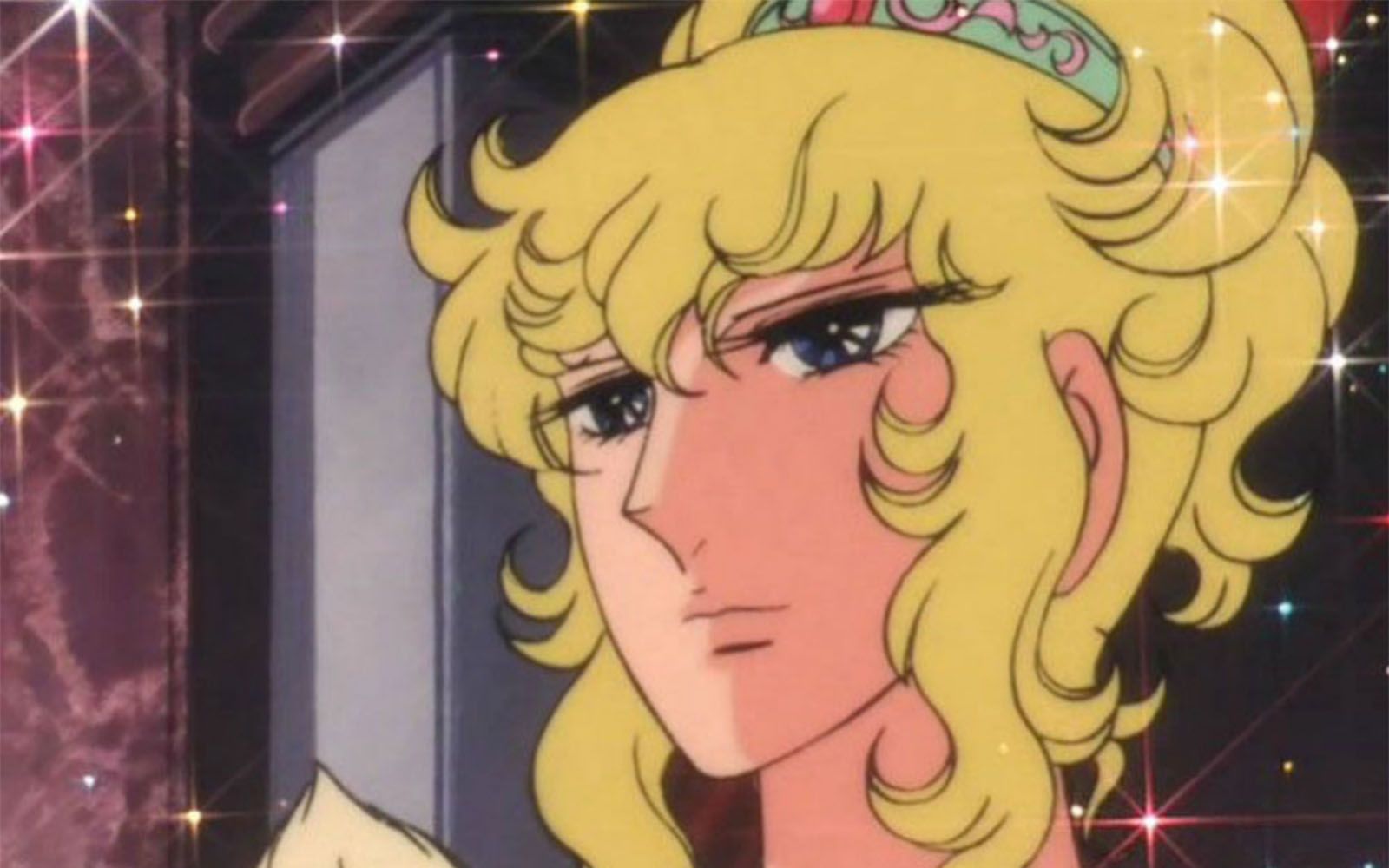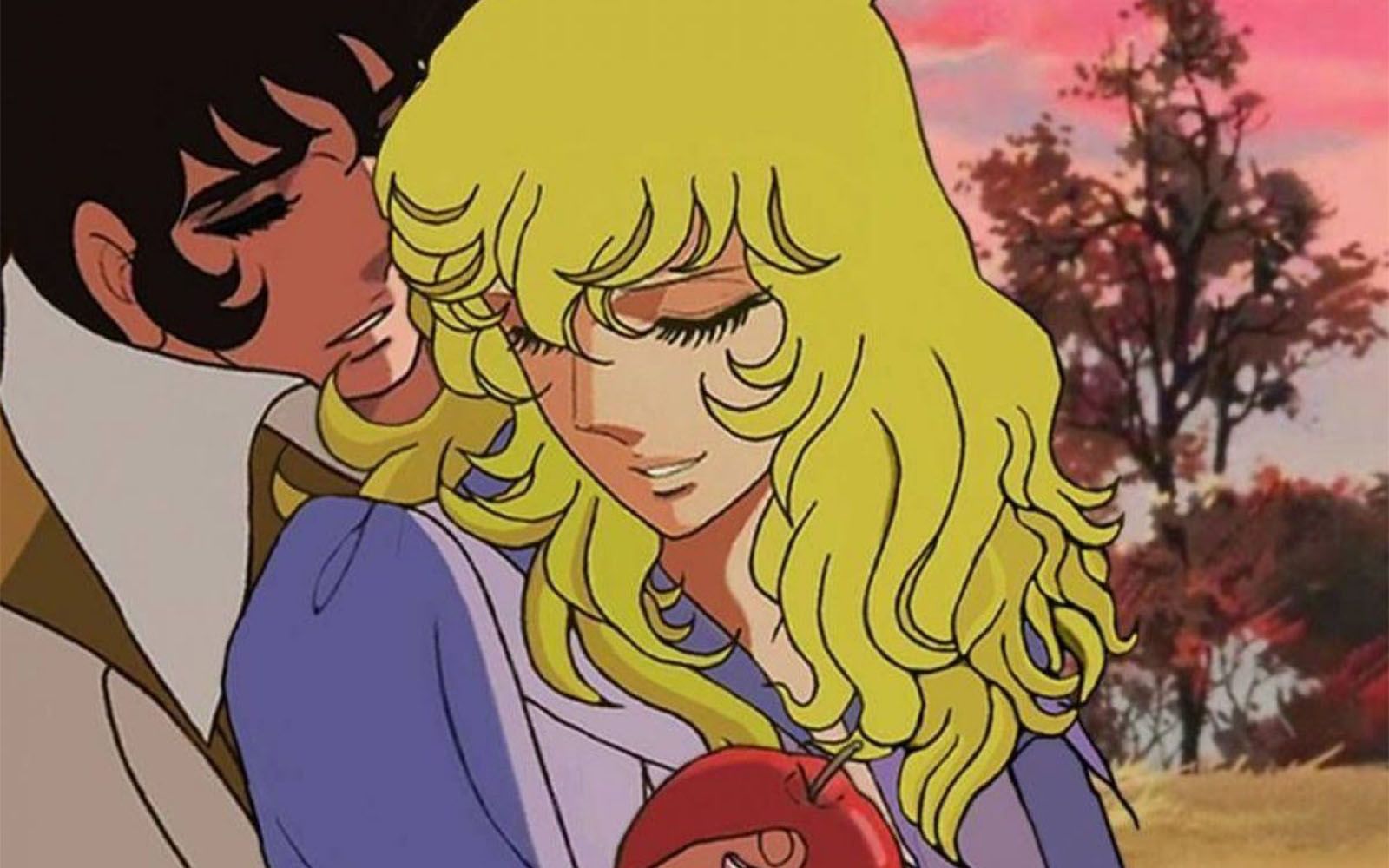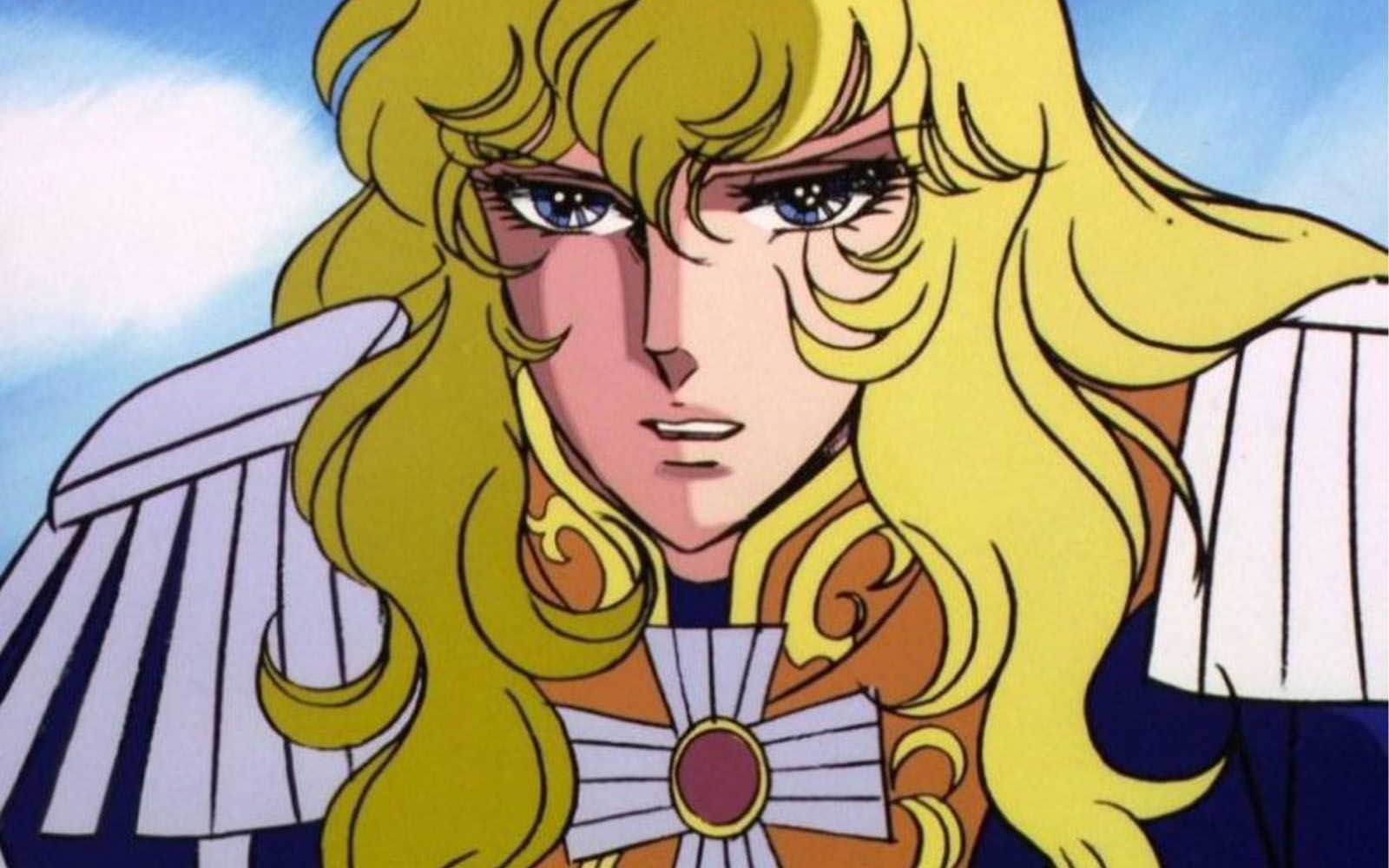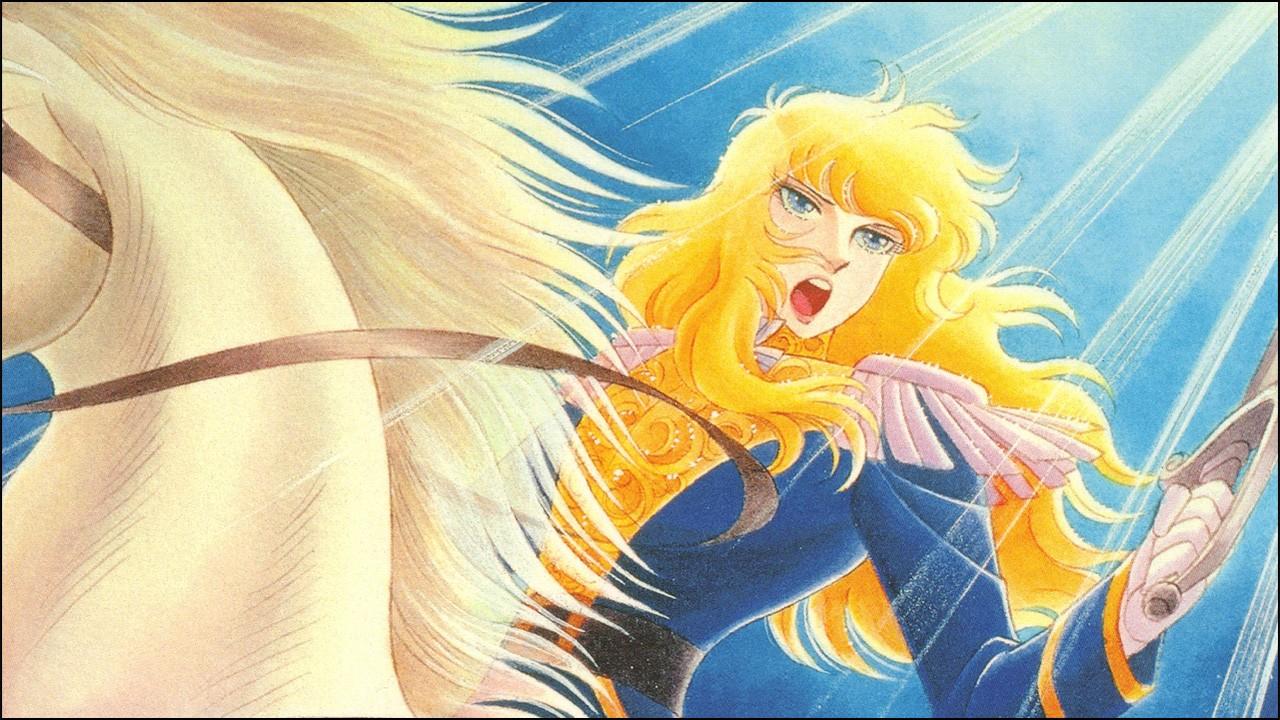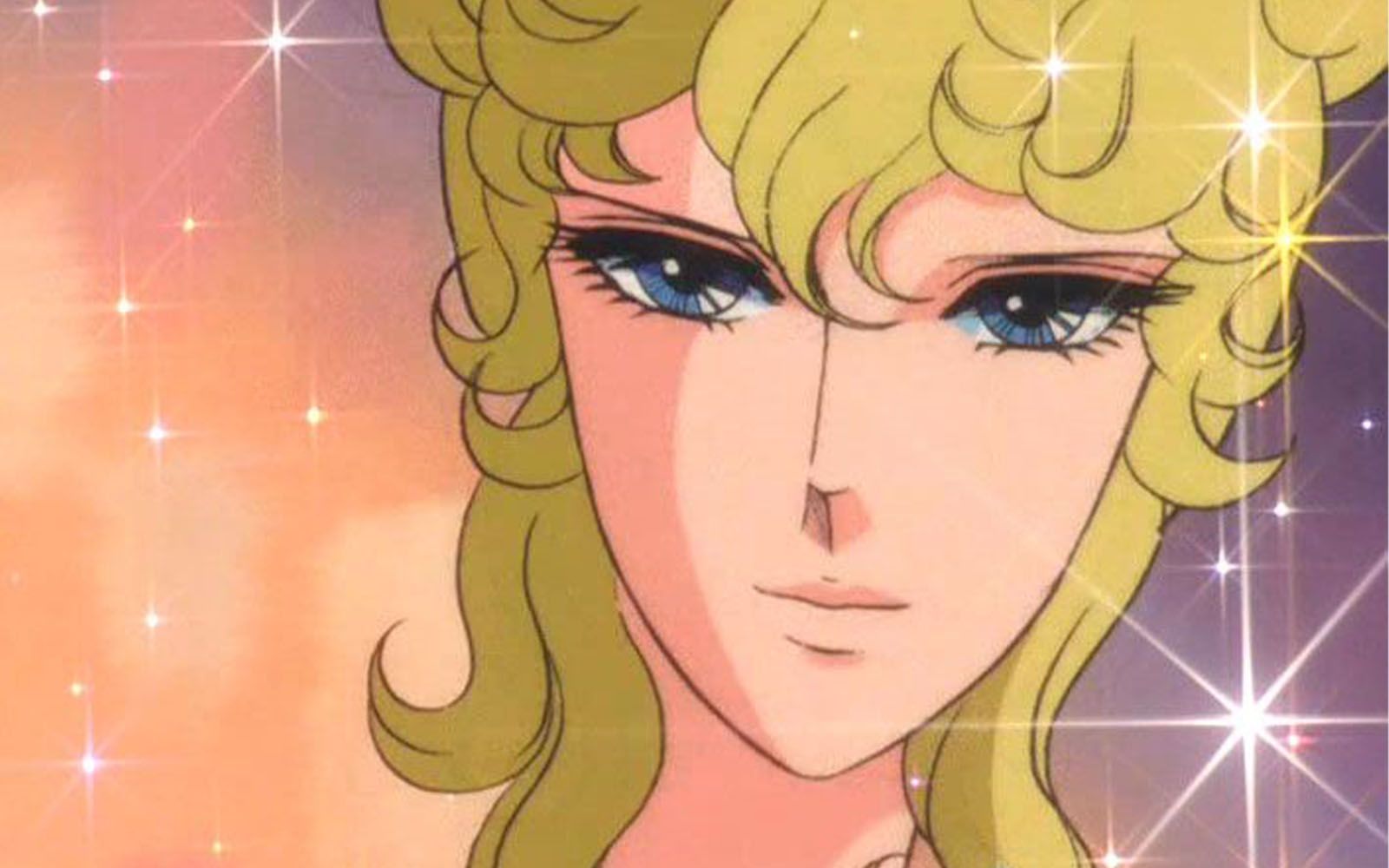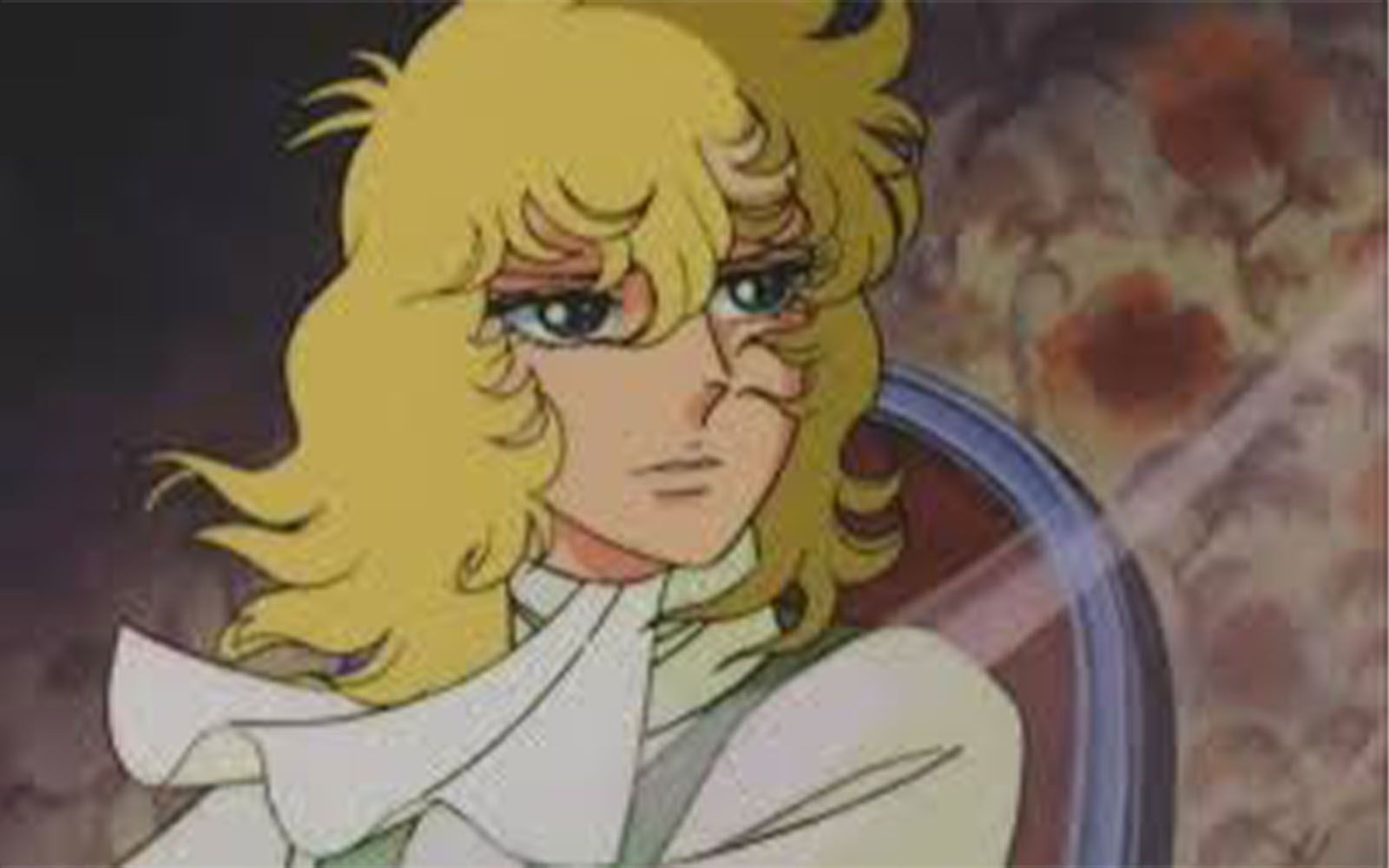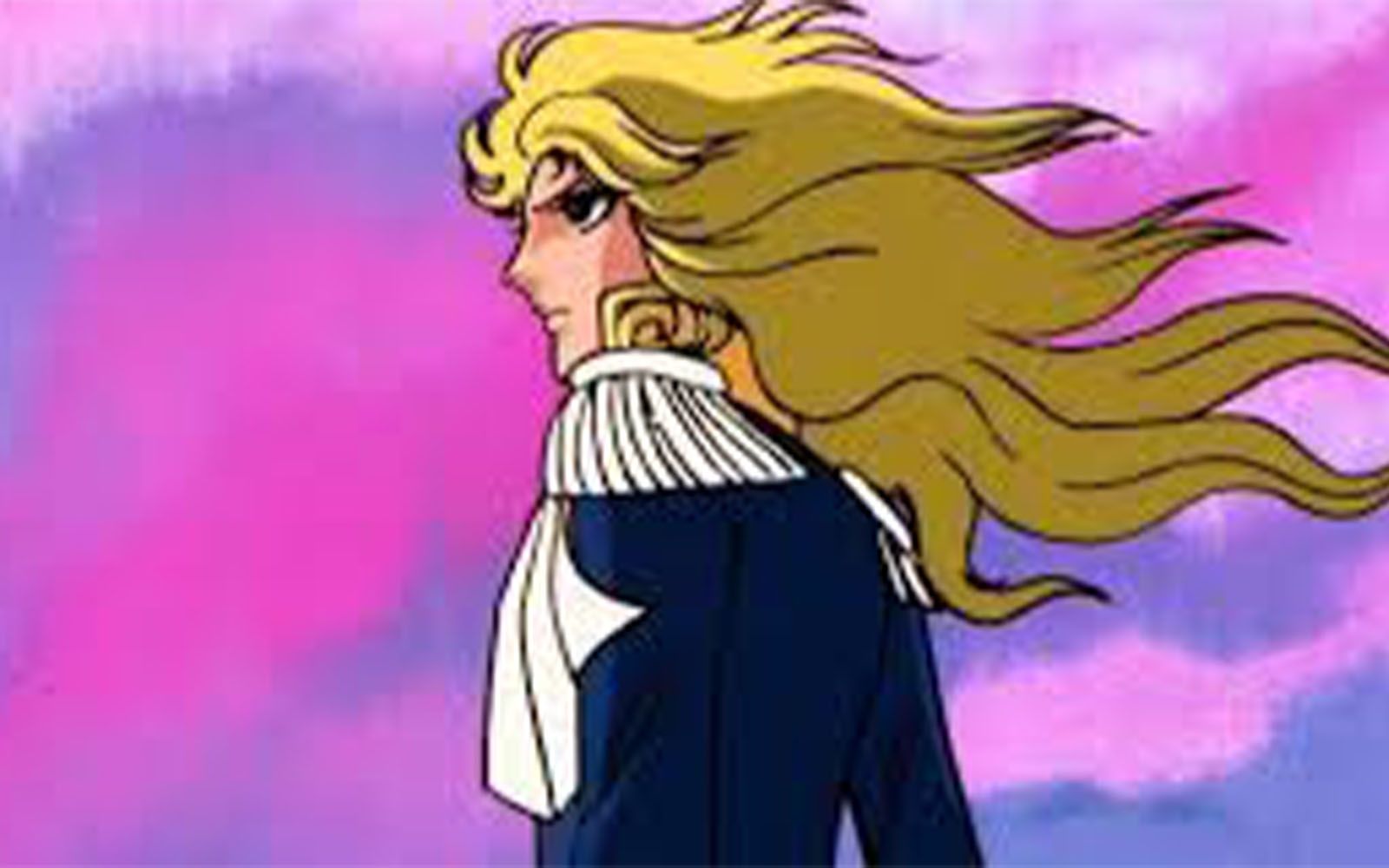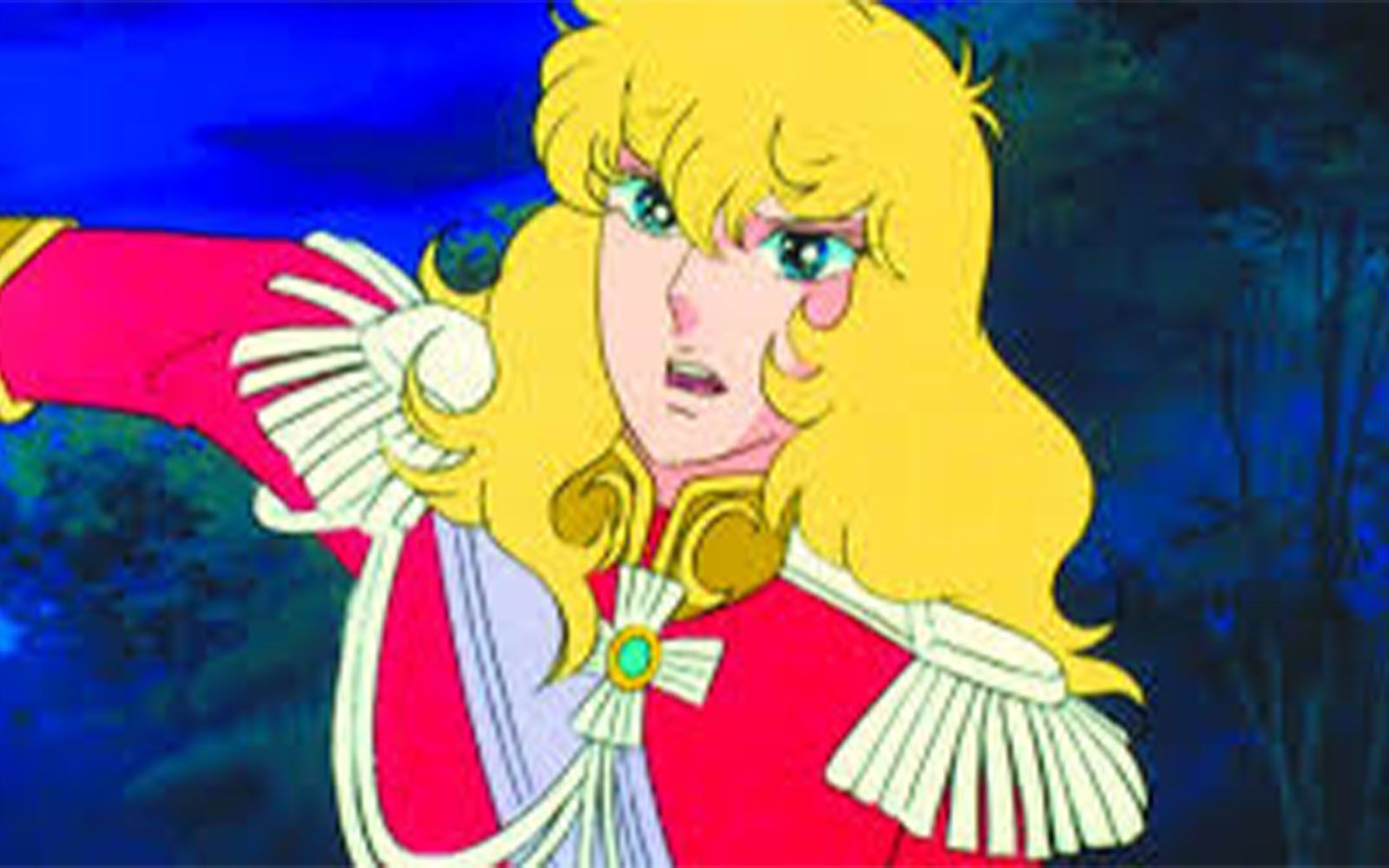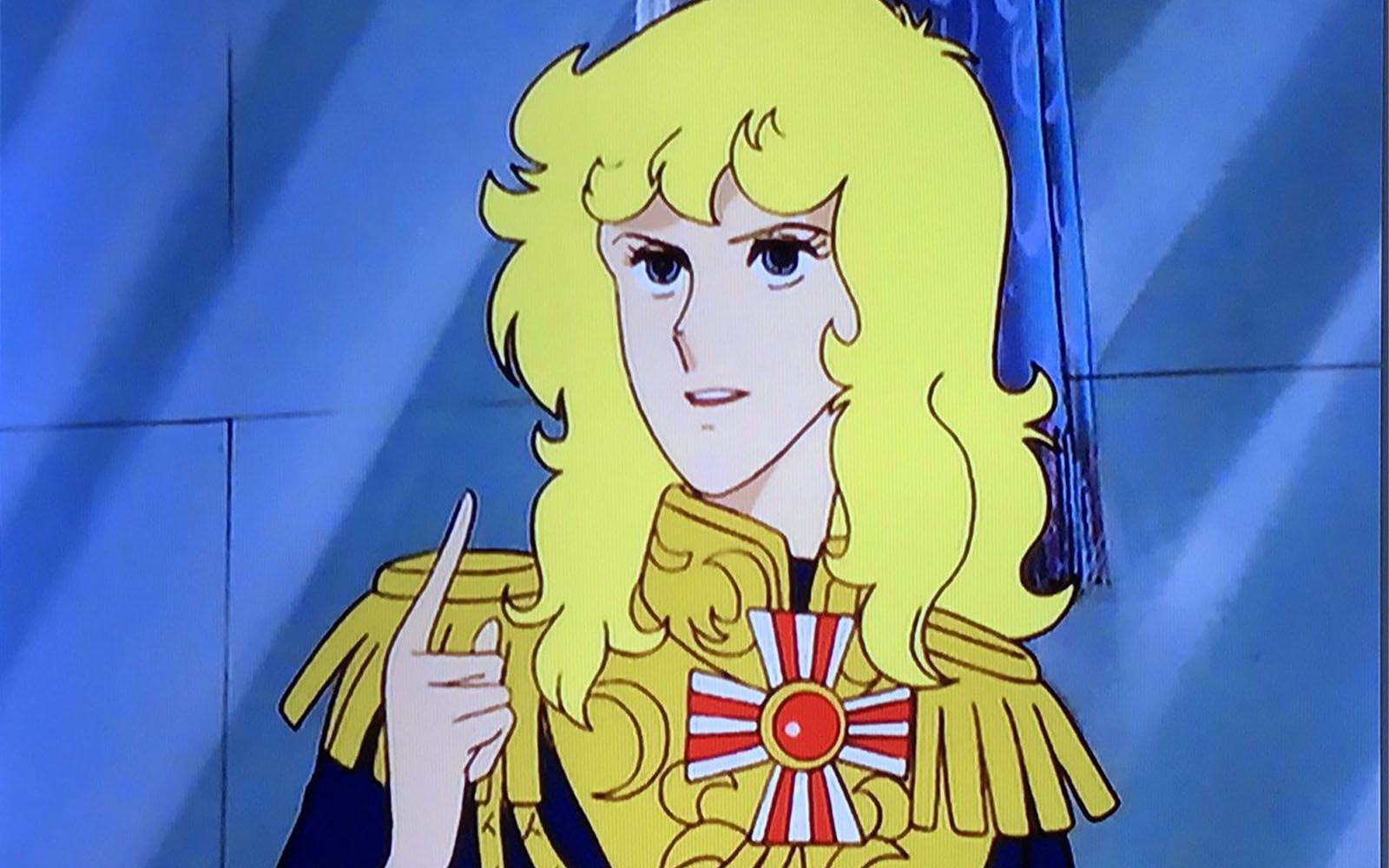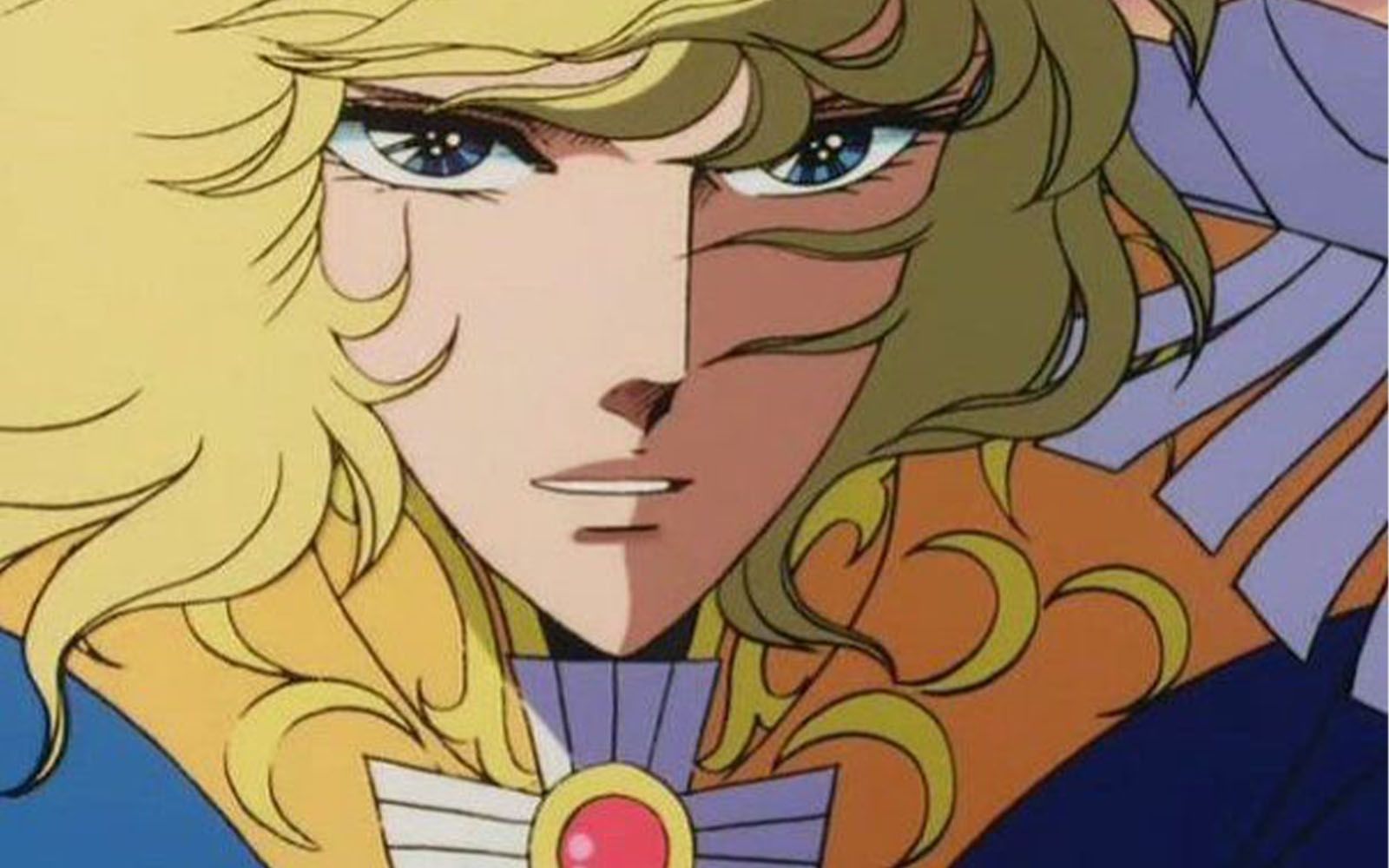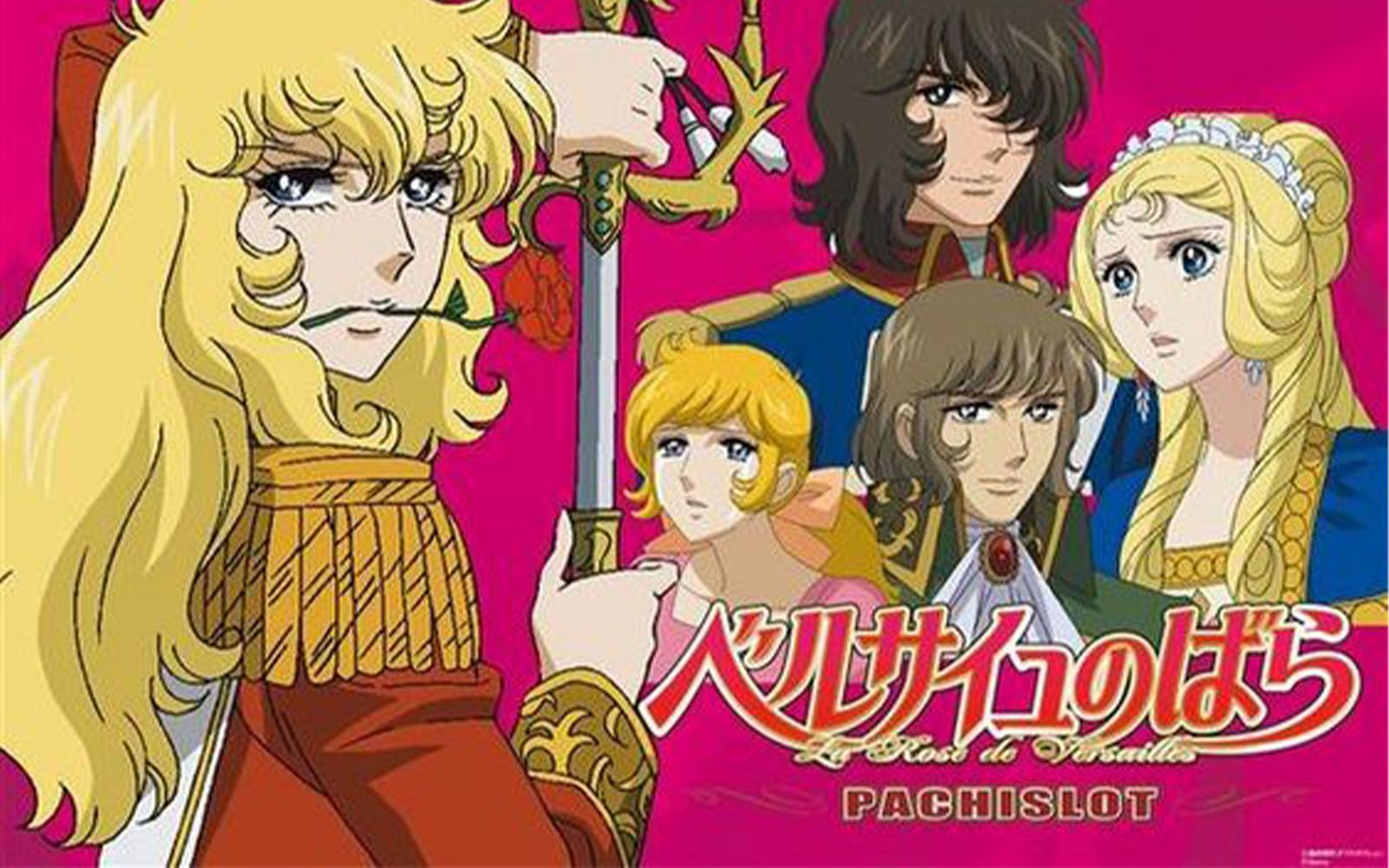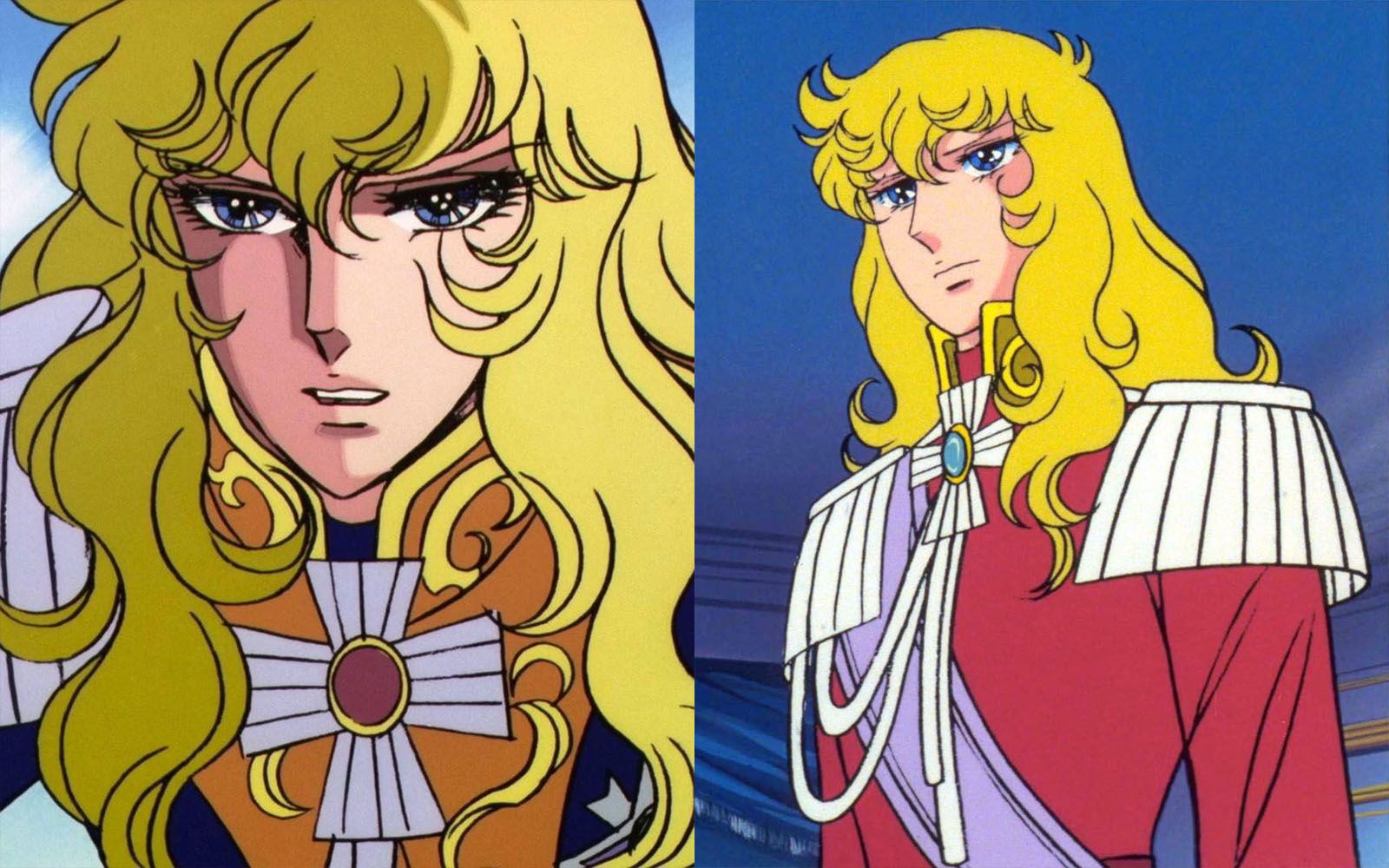
The heroines of Japanese cartoons: Lady Oscar The rose of Versailles who fights against gender discrimination
Of all the heroines of Japanese cartoons, just a few deserve a place of honor like Oscar François de Jarjayes, or more simply Lady Oscar, one of the most avant-garde female characters in the history of television. The anime, broadcast in Japan in 1979, arrived in Italy in 1982 and soon became a cult of popular culture. Broadcast since 1990 under the title Una spada per Lady Oscar (and a new theme song sung by Cristina D'Avena), almost forty years after its first broadcast, Lady Oscar has not lost its appeal and continues to hold a great power even towards the younger generations.
This may be because, after all, Lady Oscar was among the first female characters to fight for her independence as a woman, anticipating some of the speeches that today animate the political agenda around the world. Proud and brave, one could almost call it girl power: long before the Spice Girls and Arya Stark (from Game of Thrones), in fact, Lady Oscar made fun of gender stereotypes, preparing the way for the arrival of others anime/manga like Sailor Moon and series like Buffy and Xeena. It matters little that the censorship cuts have been relentless (as in any Italian version of a Japanese anime): Lady Oscar anticipated the debate on gender identity, on homosexuality (just think of the whispered relationships between Marie Antoinette and the Duchess of Polignac, or to the love itself that the Queen feels for Oscar) and more generally on sex (in Italy has been completely cut out the scene where she makes love to André, her faithful attendant). Furthermore, the anime, in its original version, never pulled back from a representation that was as truthful and historical as possible, hinting at the great court scandals and the phenomenon of prostitution.
The rose of Versailles
Born from the pencil of Riyodo Ikeda, author of the manga Berusaiyu no bara - literally "The roses of Versailles", published for the first time between 1972 and 1973 (yes, Lady Oscar is about to blow 50 candles) - it was the cartoon that changed the cards on the table. Although they tell more or less the same story, in fact, the manga and the anime do it from two completely different perspectives: if the paper version is inspired by the biography written by Stefan Zweig (1932) about Queen Marie Antoinette, the sovereign of France famous for the unhappy anecdote about croissants that also inspired Sofia Coppola's film (Marie Antoinette, 2006, with Kirsten Dunst), in the animated series it is the fictional character of Oscar who immediately earns the lead role.
More than just a mask
Everyone knows the story: Oscar François de Jarjayes is a girl who, by the will of her father, from a young age dresses and acts like a man, until she becomes (only 14 years old) Captain of the royal guards. At first glance she might be compared to Mulan, the Disney heroine who pretends to be a man to go to war in her father's place, but the differences are fundamental. If Mulan, in fact, is a woman who dresses as a man to achieve a purpose that would otherwise be precluded, Oscar, on the contrary, is a woman who grew up in all respects as a man, manipulated by a crazy father (who only on the final episodes seems to regret his choice) to satisfy his illogical need to have a son instead of another daughter. For this reason, hers is not just a mask, but a trauma. Although in the Italian version of the anime the dubbing (alas, always disastrous) always identifies her as "Mademoiselle Oscar", in the original version Oscar lives a very delicate internal conflict. An example is the disastrous way in which he manages his feelings towards the Count of Fersen, whose love is context with Queen Marie Antoinette: only for him, in all 41 episodes of the anime, Lady Oscar will dress only once Women's.
Despite being the victim of a corrupt political system and a sick education, Oscar never gives up. After spending a whole life obeying what she was taught, at the very end of the anime she conquers her personal redemption when she realizes the feelings that animate the people at the dawn of the French Revolution and decides to take the side of the rioters. Once confessed her love to André, her faithful second and companion in the revolutionary army, the manga and the anime close in the most heartbreaking, but heroic way possible: Oscar's life comes at sunset with great dignity and she dies fighting on that famous July 14th, 1789, killed by the royal guards while she was trying to take the Bastille.
The best looks
Oscar François de Jarjayes is a woman who, by the will of her father, since she was a child dresses and acts like a man. Her character, however imaginary, is inspired by a real historical figure: the corporal of the Gardes Françaises Pierre-Augustin Hulin, a fearless young man who had challenged the cannons of the Bastille. The author of the manga Riyoko Ikeda had initially decided to make her a male character, but changed her mind when she discovered that at the time many ladies preferred to dress as a man, out of personal choice and not because they were imposed to. Hence the androgynous and fascinating figure of Lady Oscar.
Lady Oscar's imagery is distant, if not opposite, from the pop and eccentric one of the court of Marie Antoinette represented by Moschino in its FW20, or from the irreverent one of the iconic movie by Sofia Coppola. Unlike the heroines we have seen so far, like Nami from One Piece, Fujiko and Sailor Moon, Lady Oscar hardly ever wears casual and daily clothes, playing the role of royal guard and being part of the Marie Antoinette court, and not even clothes that can somehow reveal her physicality and sensuality. Her look is austere, formal and often very masculine.
The contemporaneity of Lady Oscar's androgynous and genderless look is reflected in everything she wears, from shirts to formal suits, to uniforms. The volumes and bows of the shirts, as well as the details of the uniforms suggest that if Lady Oscar lived in our era, she could wear garments from the military-inspired collections by Riccardo Tisci for Givenchy, blouses with bows by Celine and Chloè, paisley patterns by Gucci. On one occasion only, during a ball at the court, she wears a long, wide and draped dress, worthy of a red carpet or a Disney princess.
Hair and beauty looks are always essential: long blonde hair with messy waves and no trace of make-up, if not to enhance the blue eyes of the protagonist, to remember once again the simplicity and minimalism of Lady Oscar.




















































